When I ask people planning their visit to Poland about their itinerary, most of them head to Warsaw and Kraków, some prolong their stay and go to Zakopane which is a gate to Polish (and Slovakian) Tatra mountains.
Wrocław attracts less foreign visitors and I think that it definitely deserves more attention. The city known also as a city of 100 bridges charms with the small islets on Oder river, has good cultural offer, amazing Silesian cuisine and is surrounded by very nice nature perfect for hikes.
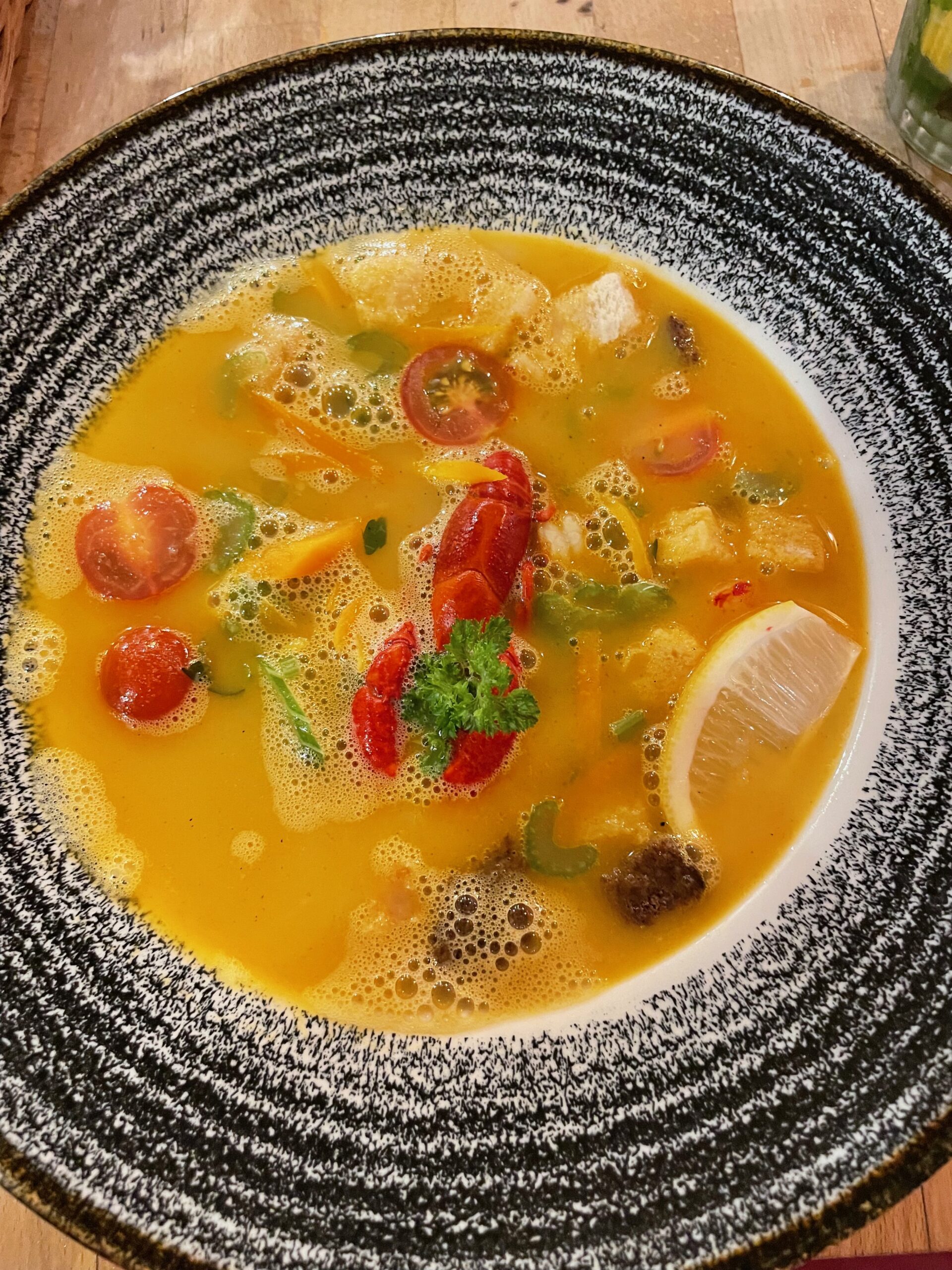 |
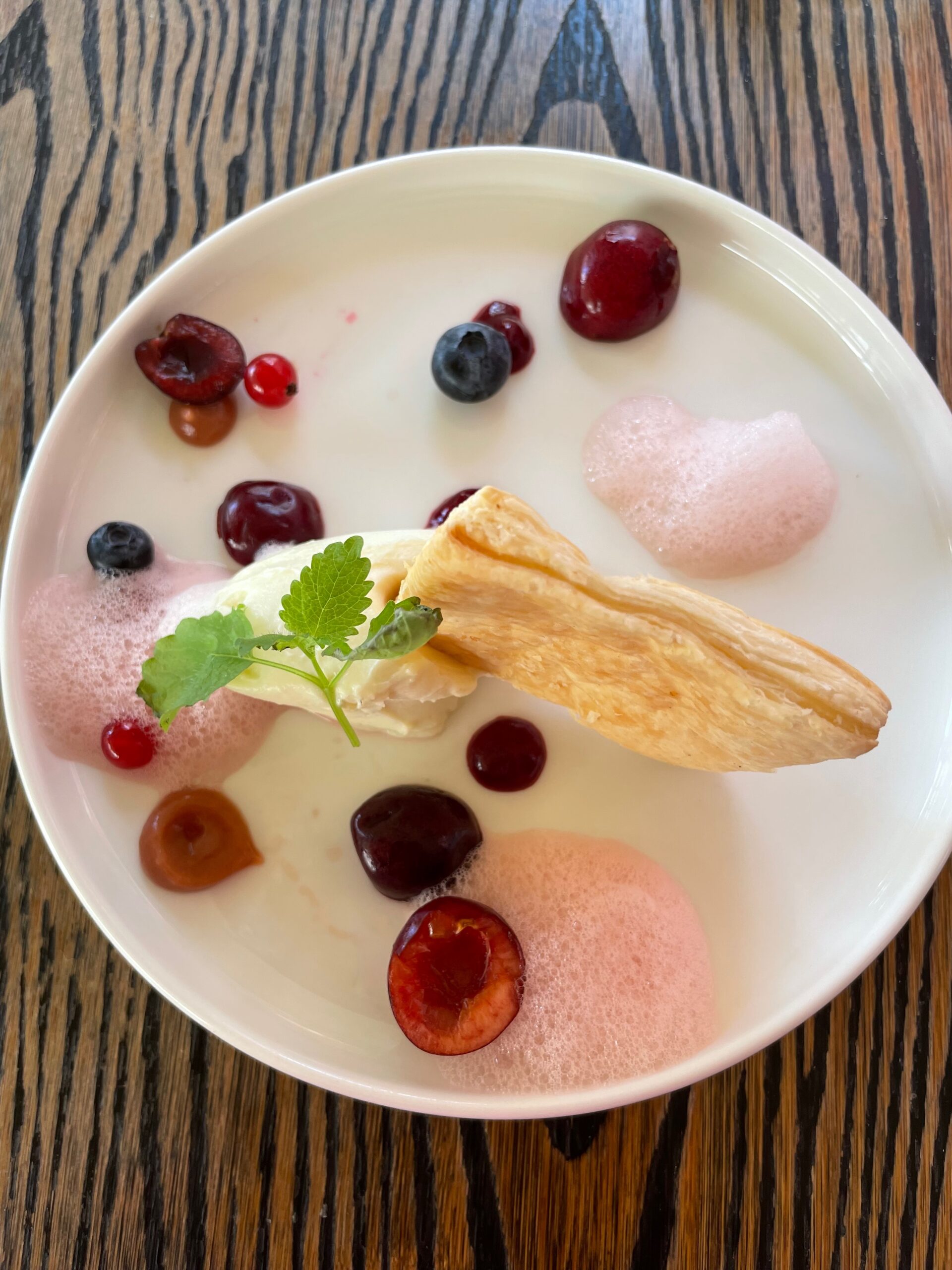 |
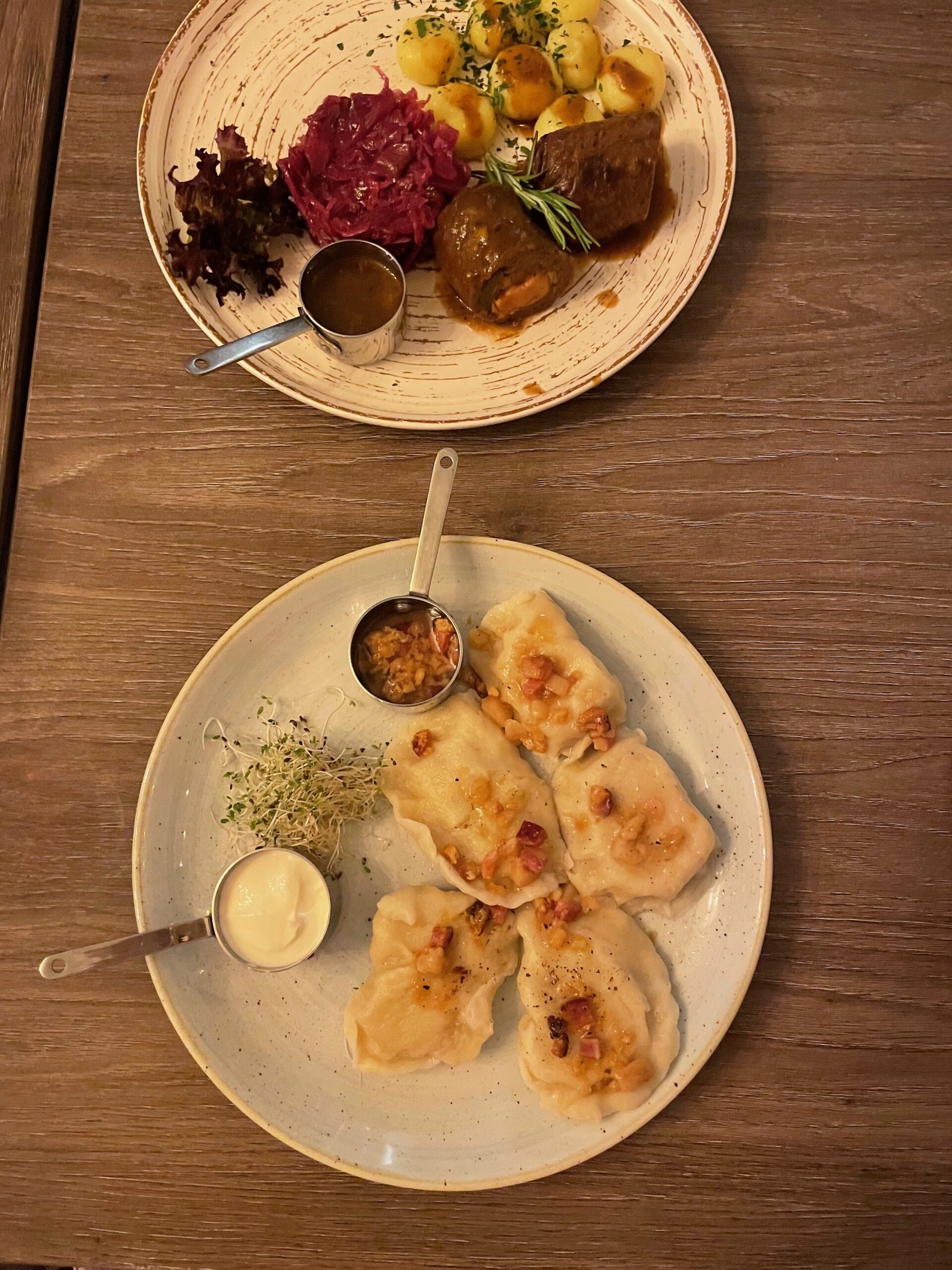 |
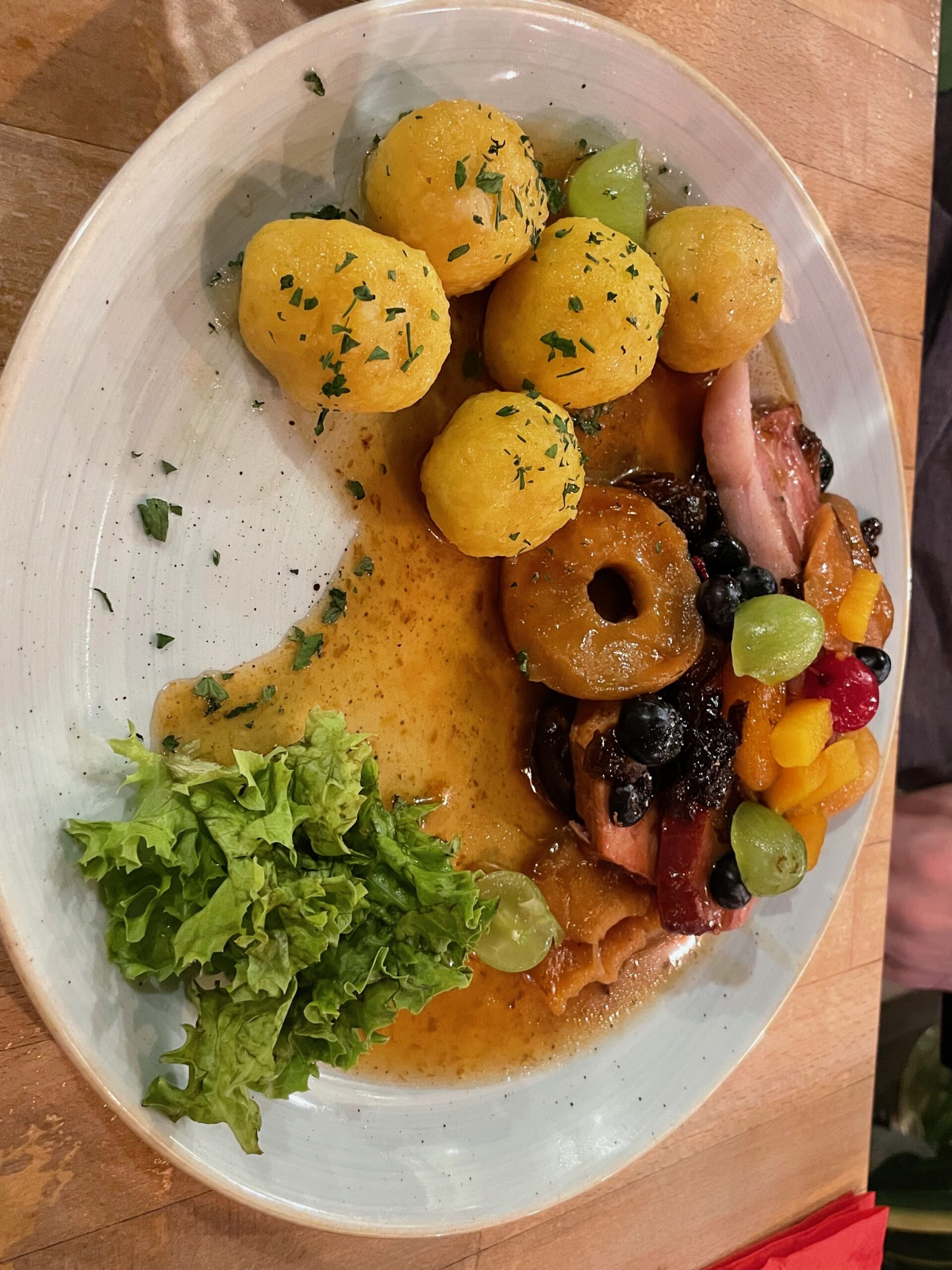 |
You can easily organize from here nice 1 day trips to cultural sites like Książ and Moszna castles– one of the grandest noble residences remaining in Poland. Wrocław is situated close to Karkonosze and Sudety mountains which are perfect for a one day treks.
Wrocław is also well-connected with all major Polish cities, you can get here by train from Kraków and Warsaw to prolong your trip and see places which are a bit off the beaten foreign tourist track. Wrocław is located near Germany, and you can easily come here if you visit Dresden and Saxony region. Search for direct train or combination of regional trains between Dresden and Wrocław to get here.
I recommend seeing Wrocław in September or October when temperatures are lower and streets filled with students, the capital of Lower Silesia is an academic city with an intellectual vibe, you will find a really impressive amount of bookstores and antique shops in the centre of the city. However, I have visited Wrocław in the summer, and was surprised by low prices of hotels and no queues to attractions. In fact, Polish people prefer to have their holidays in the nature and leave the cities for the summer months so coming in July and August can be very budget friendly.
2-3 days should be sufficient to see major sites of Wrocław or you can stay longer and take day trips to the towns in the area, I especially recommend going to Książ Castle, see this post for details (general information and logistics). This is an easy excursion you can organize on your own, the castle can be accessed by public transport (train) or you can rent a car.
In this post I will write you my prolonged weekend itinerary for Wrocław where I enjoyed the cultural sites, Silesian traditional cuisine and just simple walks in the city, strolling around the charming islets and relaxing on the banks of Oder.
Since the hotels are rather affordable in Wrocław I suggest searching for places close to the market square, you can walk from here to major attractions as well as get to the train station, otherwise the city has a tram network which will transport you between neigbourhoods.
Day 1: Market Square area and Ostrów Tumski
- Market Square
In Polish cities all streets in the old towns lead to main square, and you will not have any surprises here in Wrocław neither 😉
However, what I didn’t expect is quite unusual planning of this space. The market square of Wrocław is one of the biggest squares in Poland and has a just in the middle the city hall as well as rows of historic tenement houses where you will find nowadays many climatic restaurants and cafes as well as souvenir shops. Whereas the city hall being in the center of the square is quite common in European cities, the adjacent houses are much rarer and I find it very unique in Wrocław.
When walking around the square is lined with many beautiful representative tenement houses filled with shops, restaurants and the tourist office. I recommend to check local breweries here, Mini-browar Spiż and Browar Złoty Pies are popular.
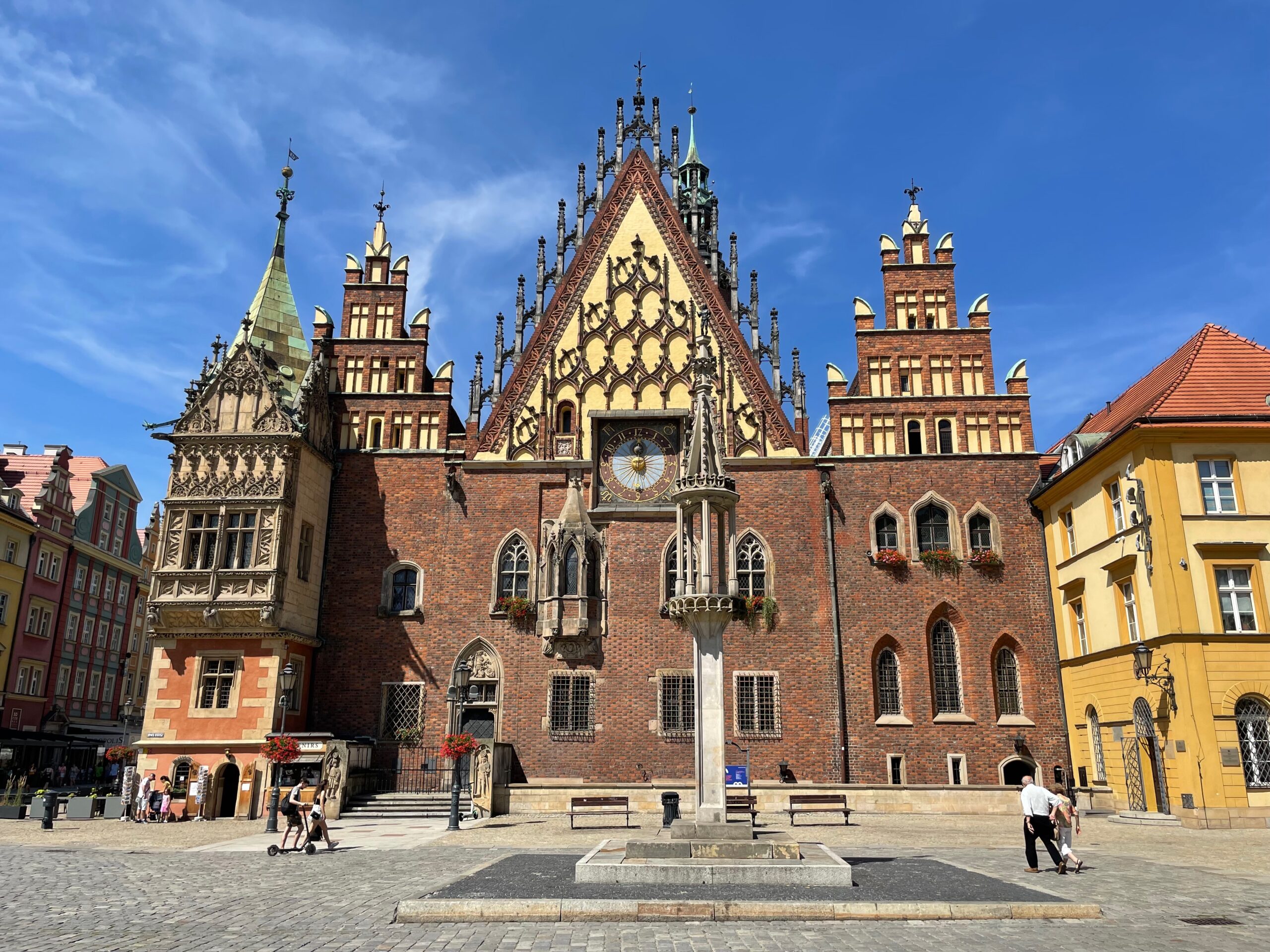 |
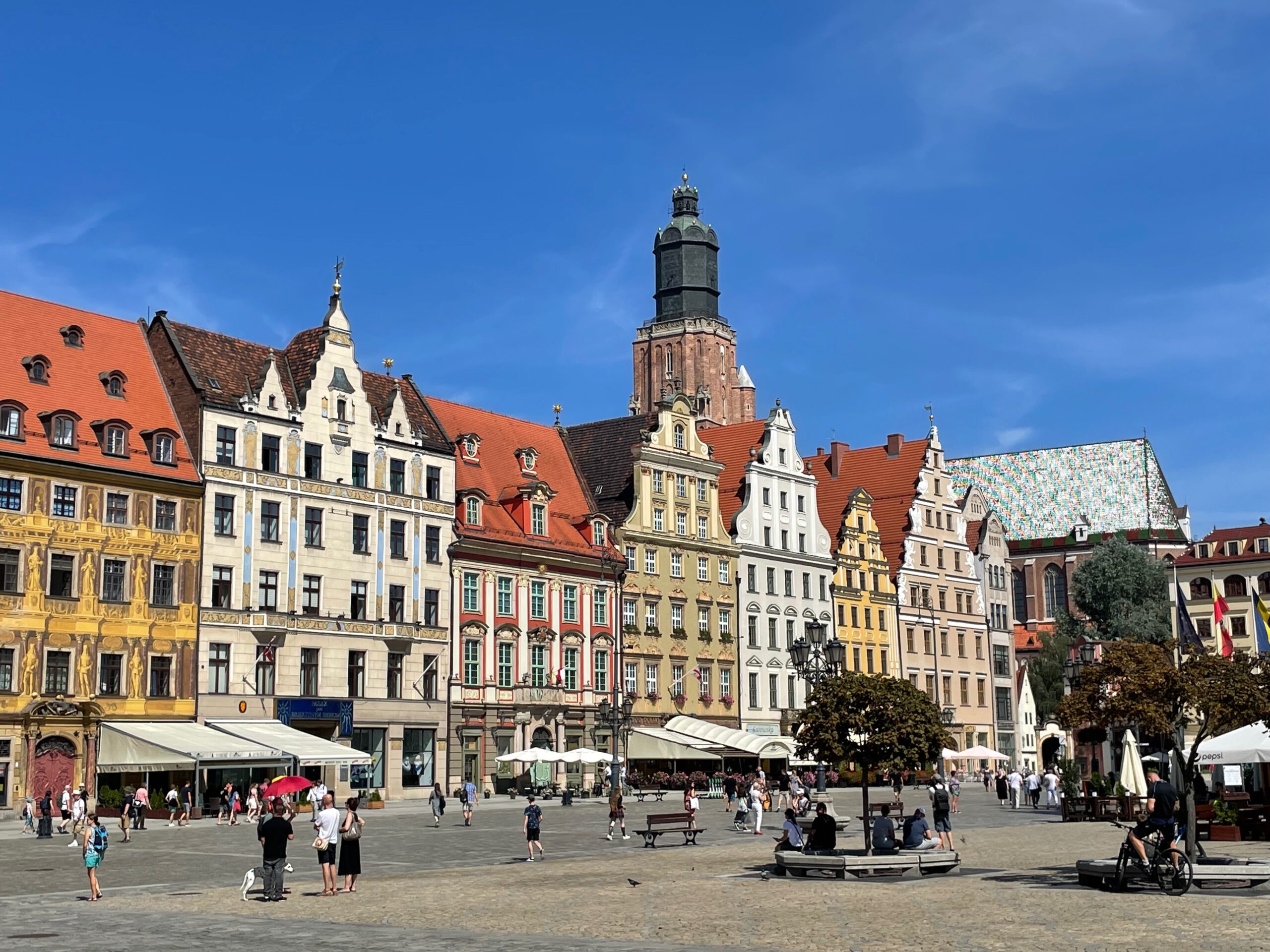 |
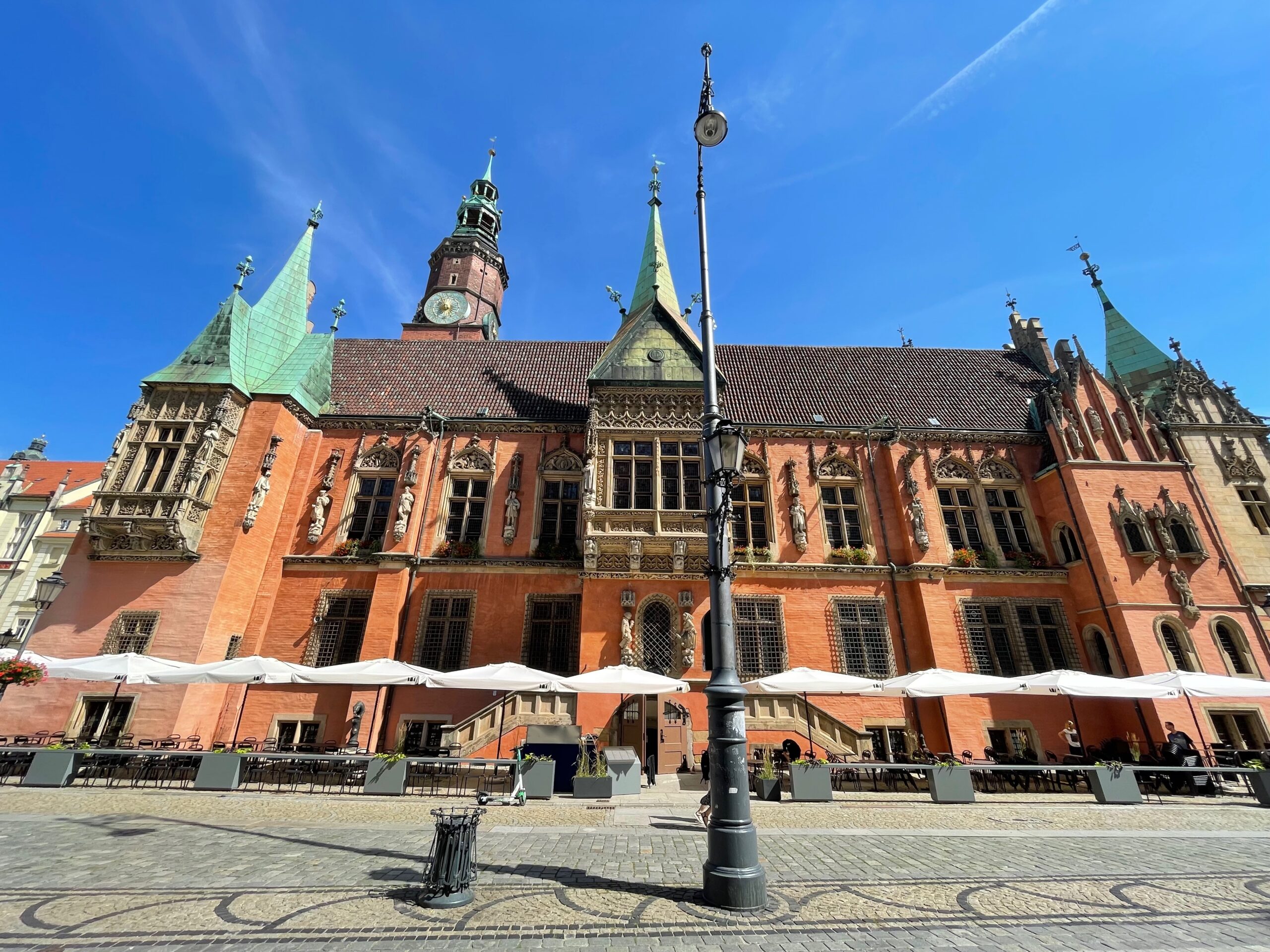 |
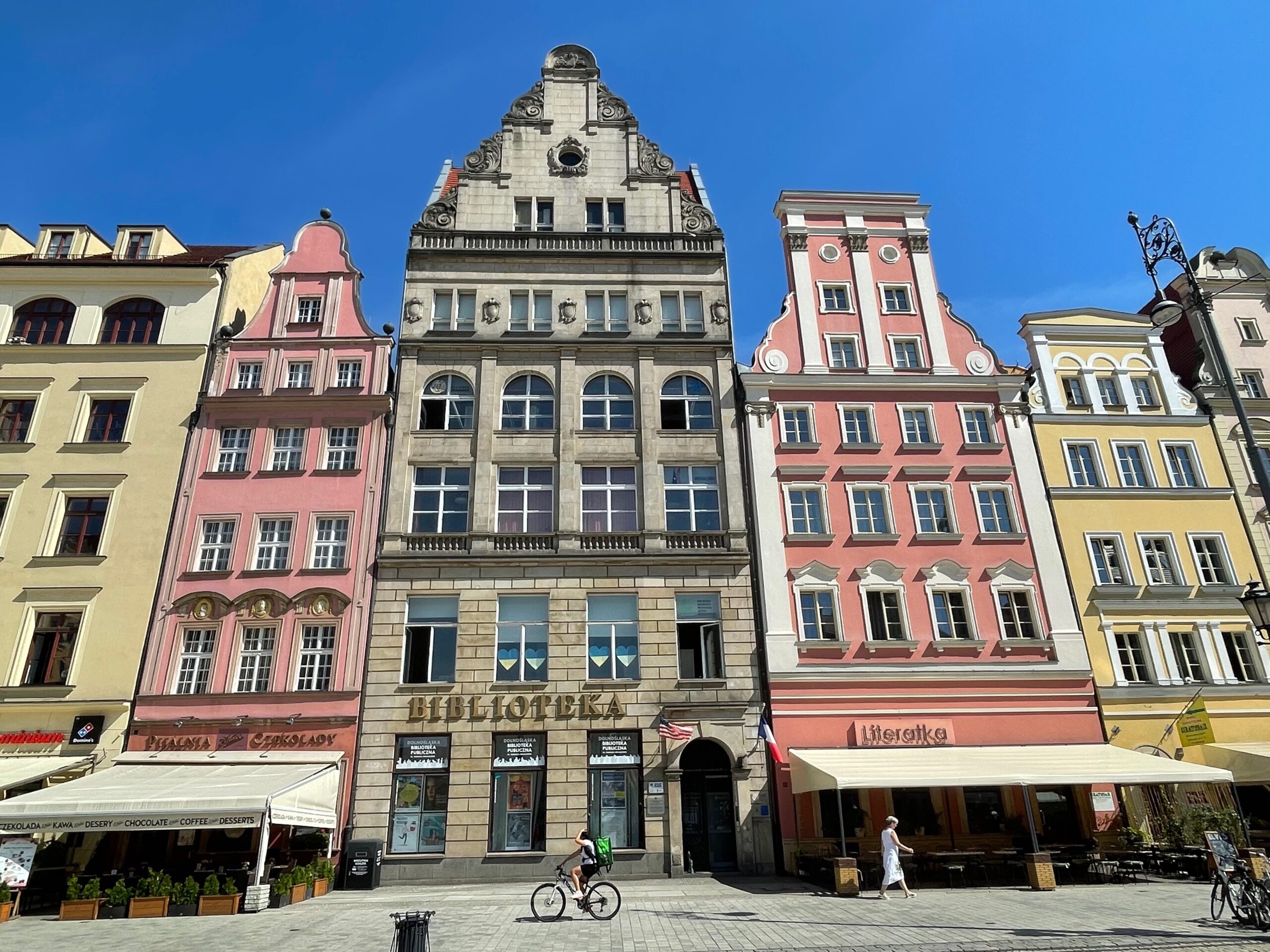 |
2. Wrocław dwarfs
When exploring market square you will surely see little figurines of dwarfs, every gnome in different pose, frozen in their activity. The origin of the dwarfs in Wrocław are not clear even to historians and city’s enthusiasts, but a popular legend claims that long time ago an insufferable imp came to the city and was making a lot of pranks to Wroclaw’s inhabitants. The residents called the dwarfs to help them with the imp and eventually the small creatures stayed in the area.
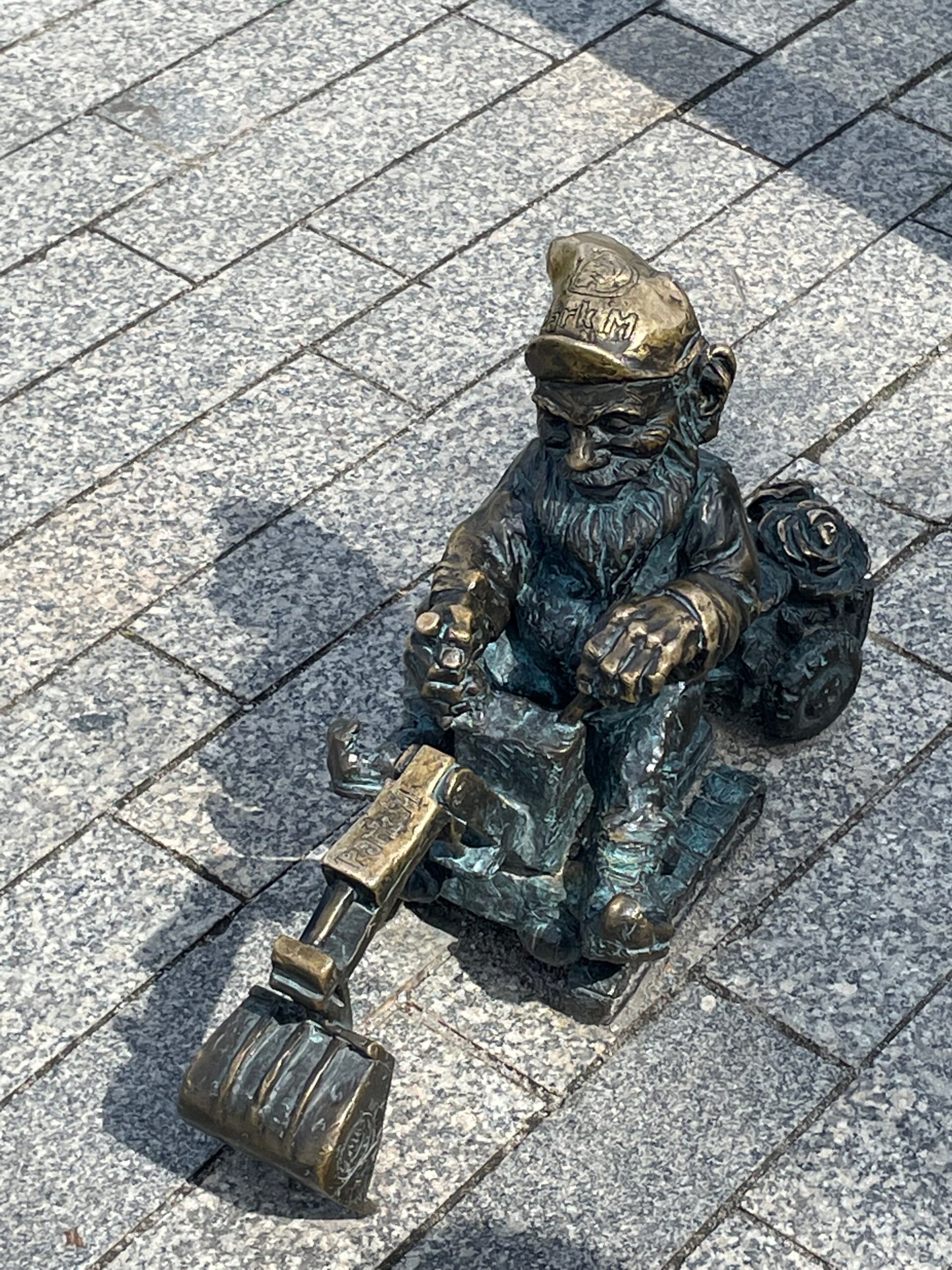 |
More believable version is that the murals depicting the dwarfs where firstly appearing in the 80s as an expression of resistance to the political system in Poland that time as well as humoristic way to show the absurdities of the reality during these times (Poland was a Soviet satellite country until 1989).
Later on, the paintings were changed for the figures and now you can find the charming gnomes all around the city center. There is more and more of them in Wrocław (currently over 300) and you can even download a map with their locations which create a path being known as dwarfs trail. This can be a good idea since the creatures are often situated close to the important historical sites and in charming streets so you can discover many nice corners and historical buildings during such stroll.
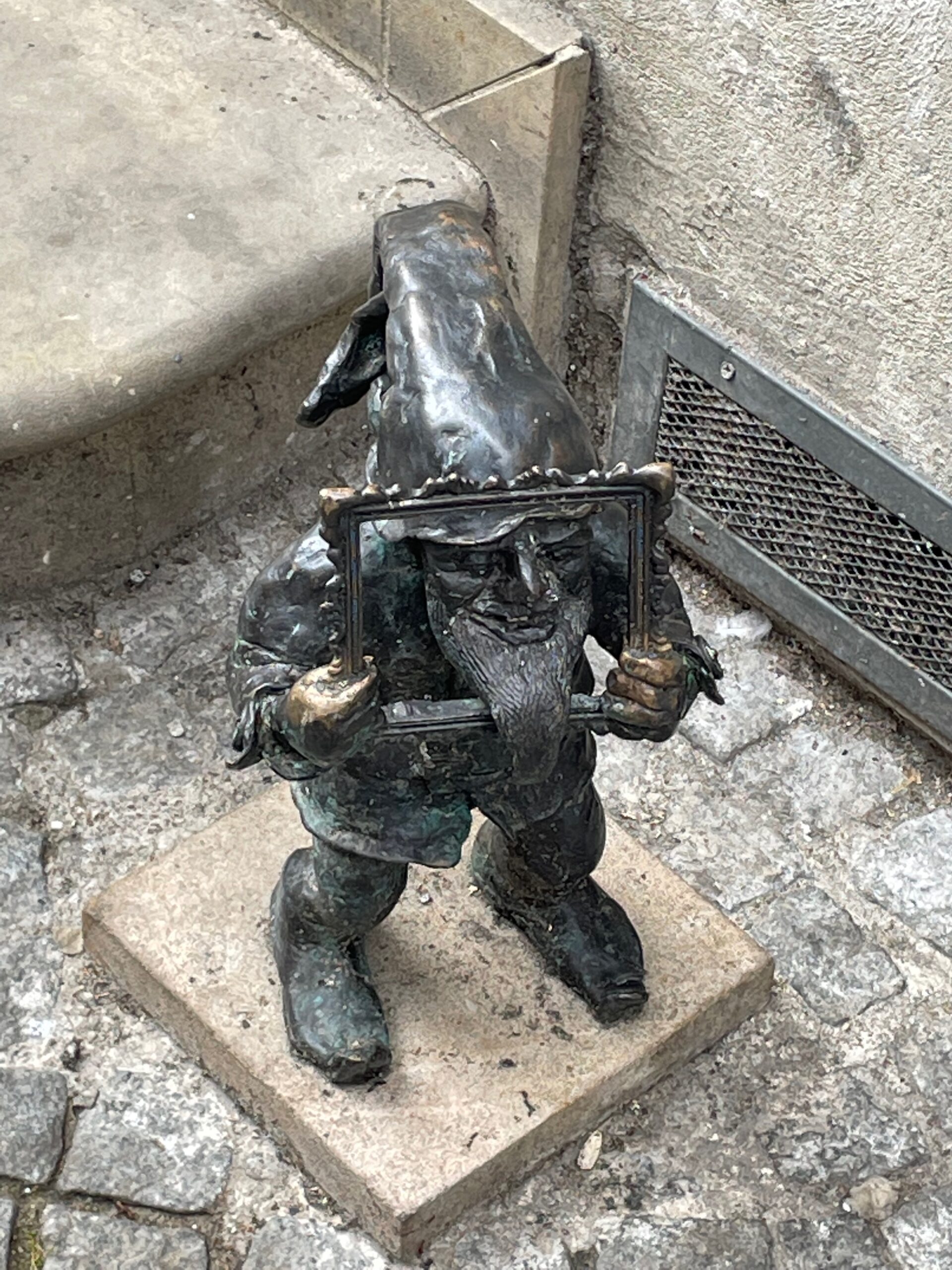 |
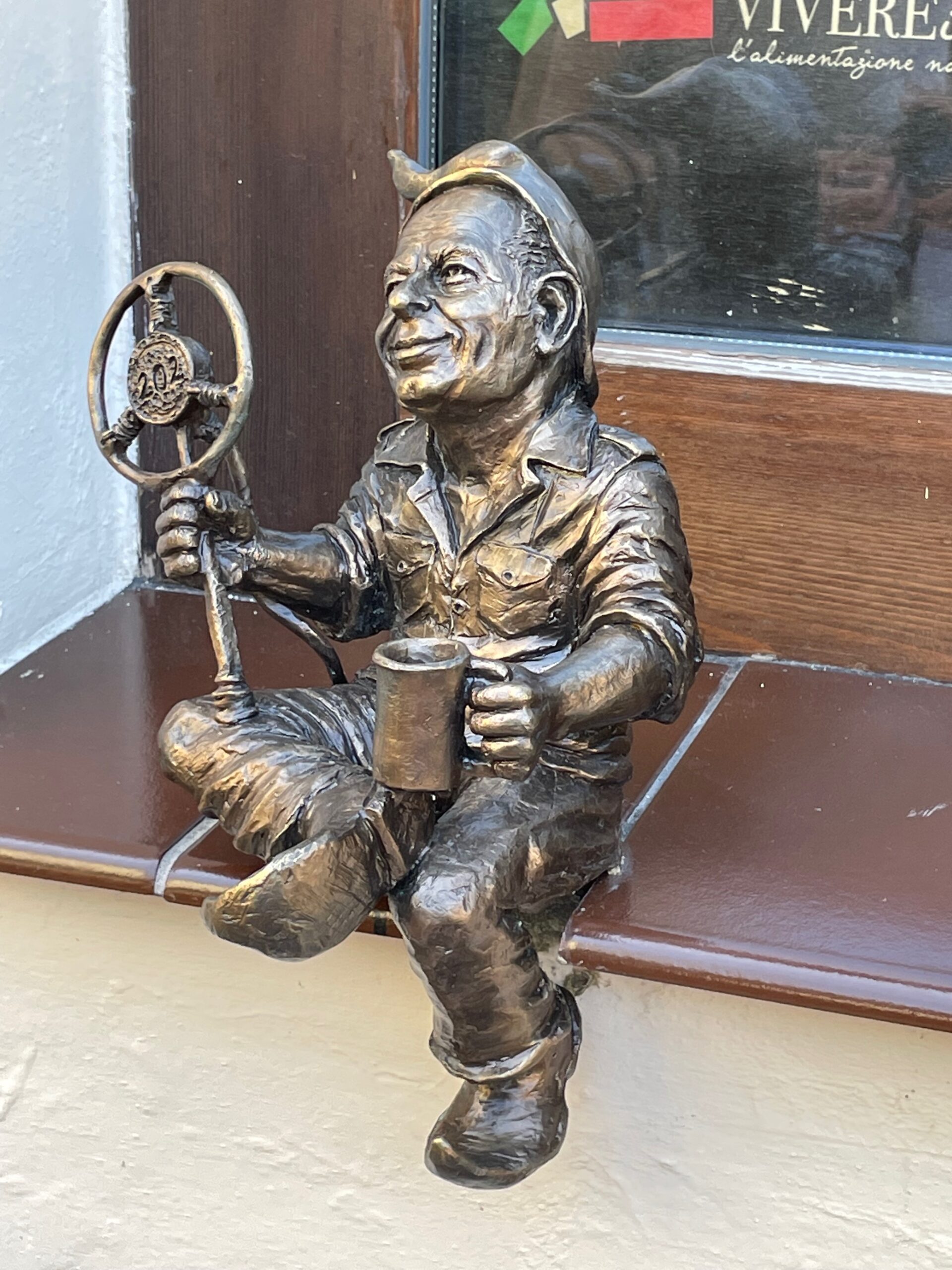 |
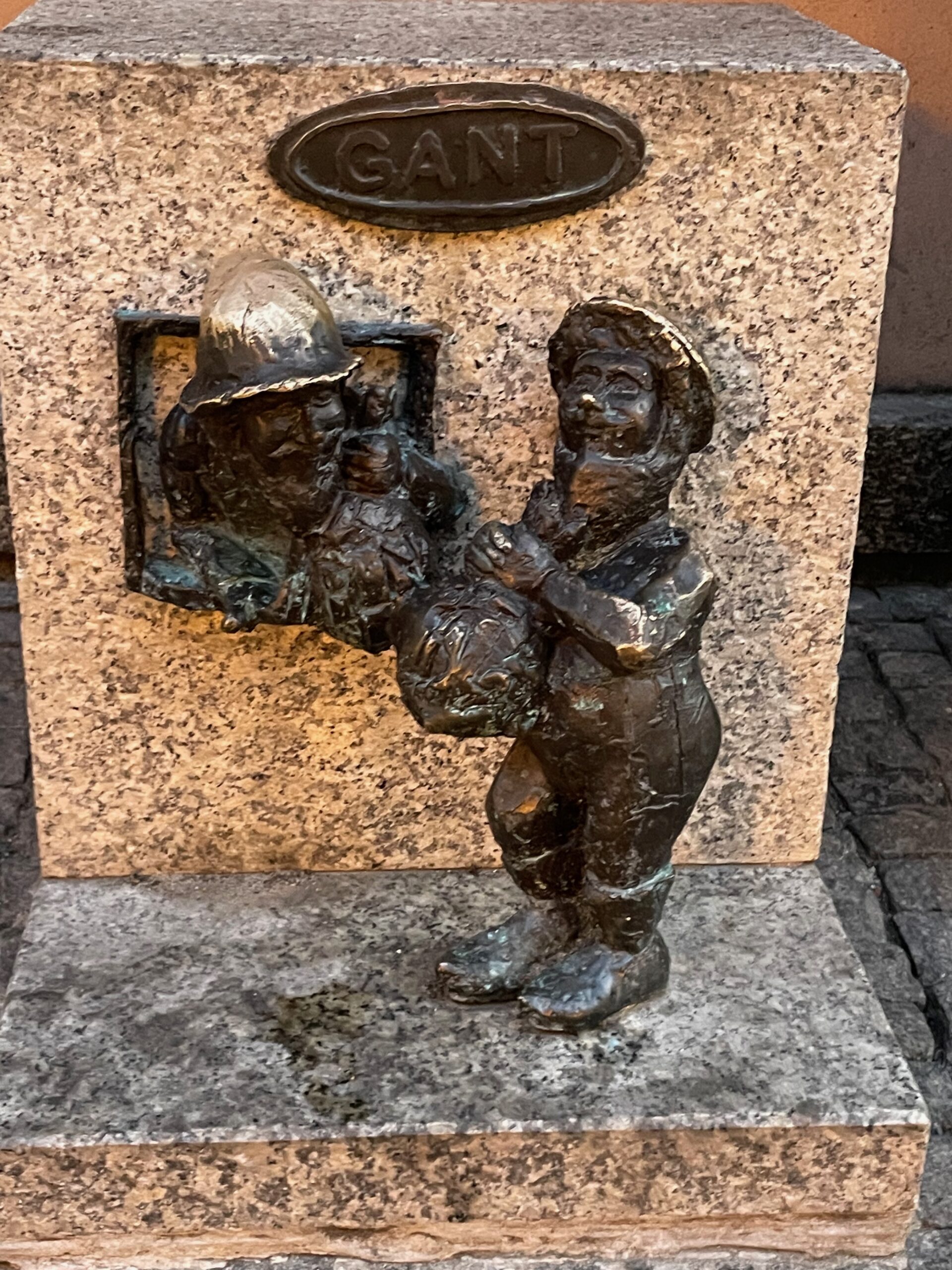 |
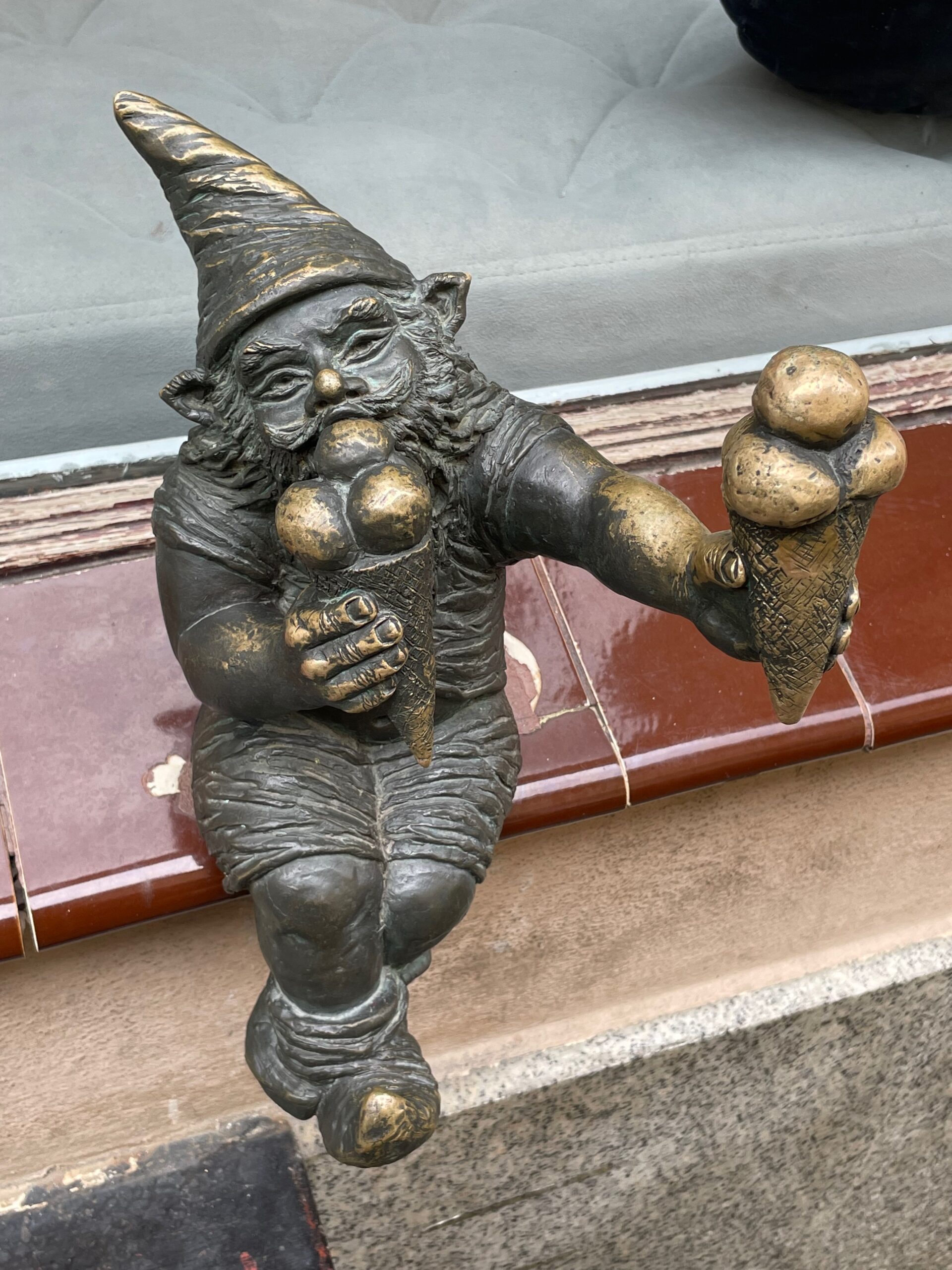 |
3. Wrocław ‘s churches and Bridge of Penitents.
Poland has long Christianity traditions and in all major cities you will find many historical churches. I particularly recommend visiting St. Mary Magdalene Cathedral just few minutes walk from market square. The church is mostly famous from the little bridge joining the two church’s towers and hanging 45 meters above the ground. The bridge is an excellent viewpoint to overlook the area. There is also an interesting legend explaining the name of this place. The popular story is that long time ago the mothers were showing their carefree and playful daughters the penitent girls who were sent to the bridge as a punishment for choosing fun instead of living family life with husband and children. Quite conservative approach, but you can’t say that Wroclaw is not full of legends, duh! Anyway, I recommend the climb the swirling narrow stairs to the bridge and stay there for a while to enjoy the panorama, I suggest coming earlier in the morning to avoid crowds.
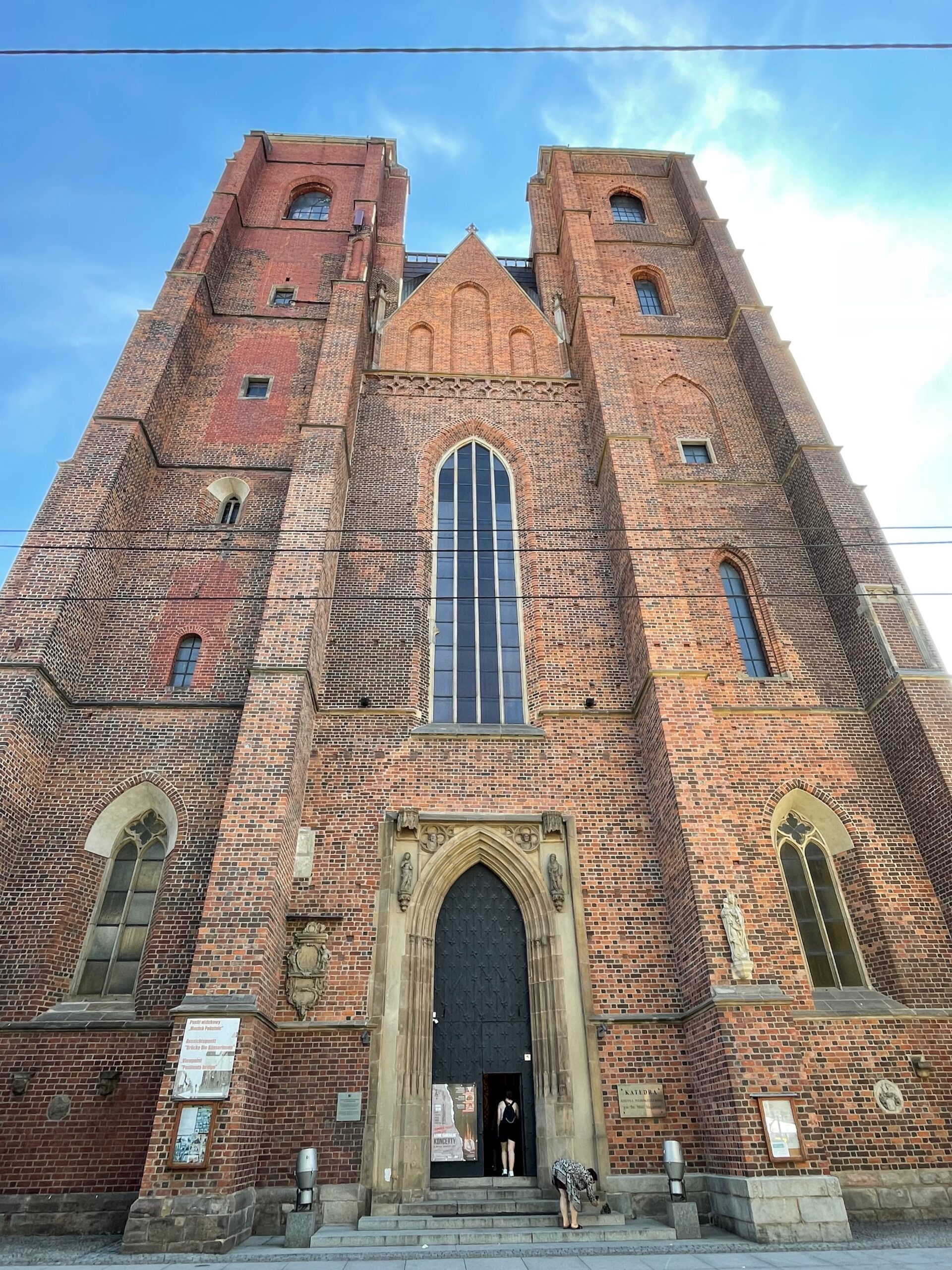 |
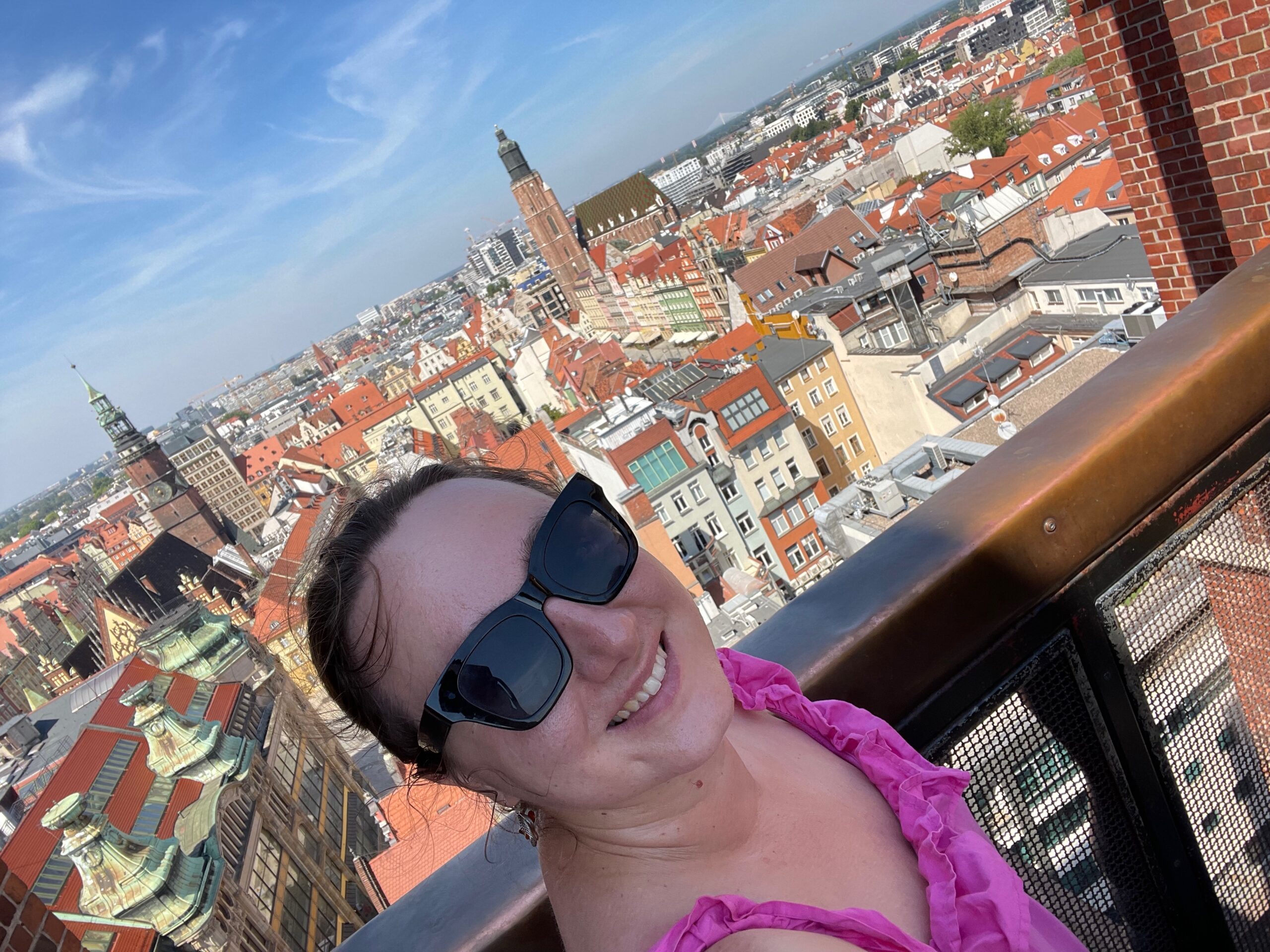 |
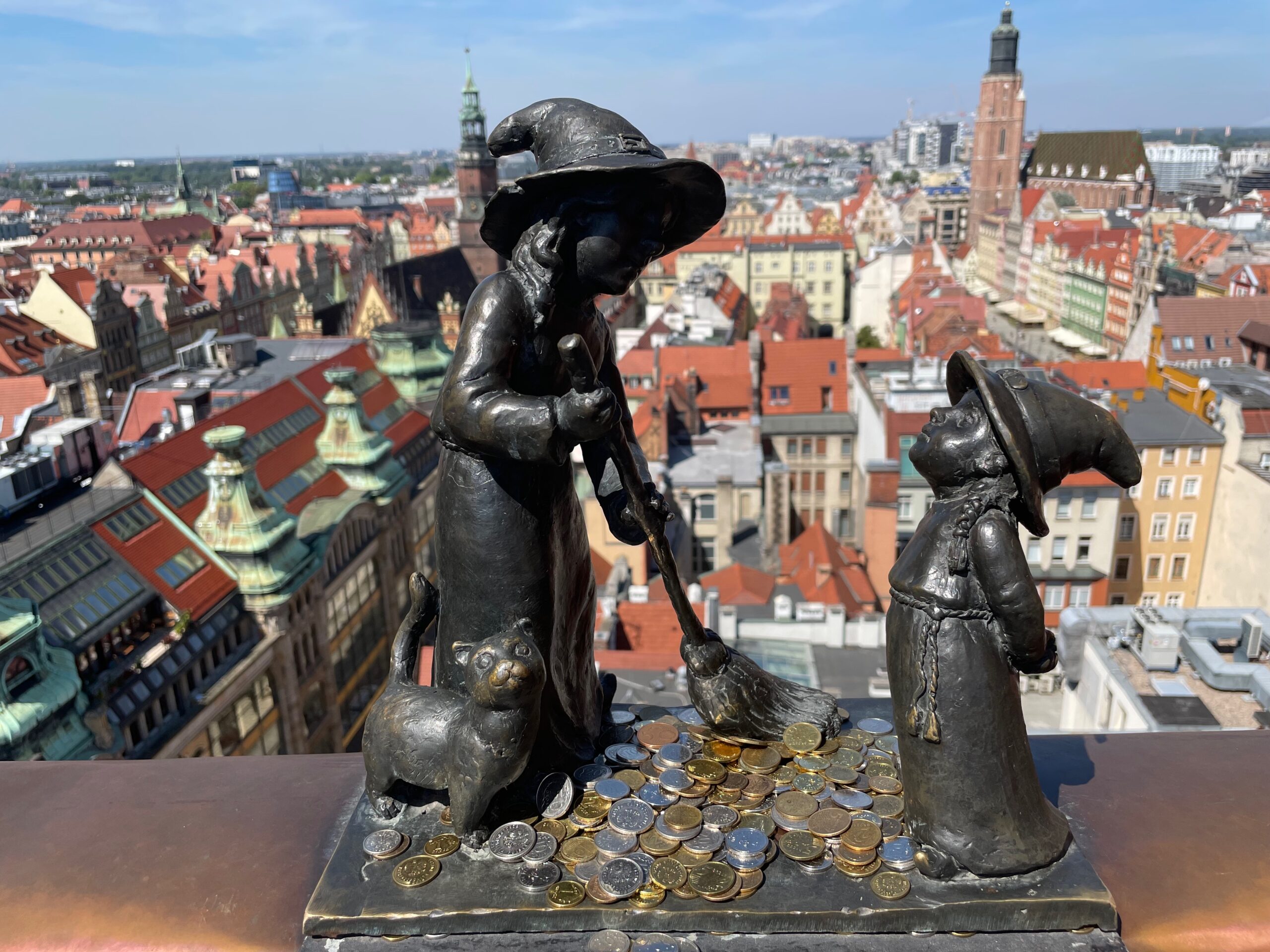 |
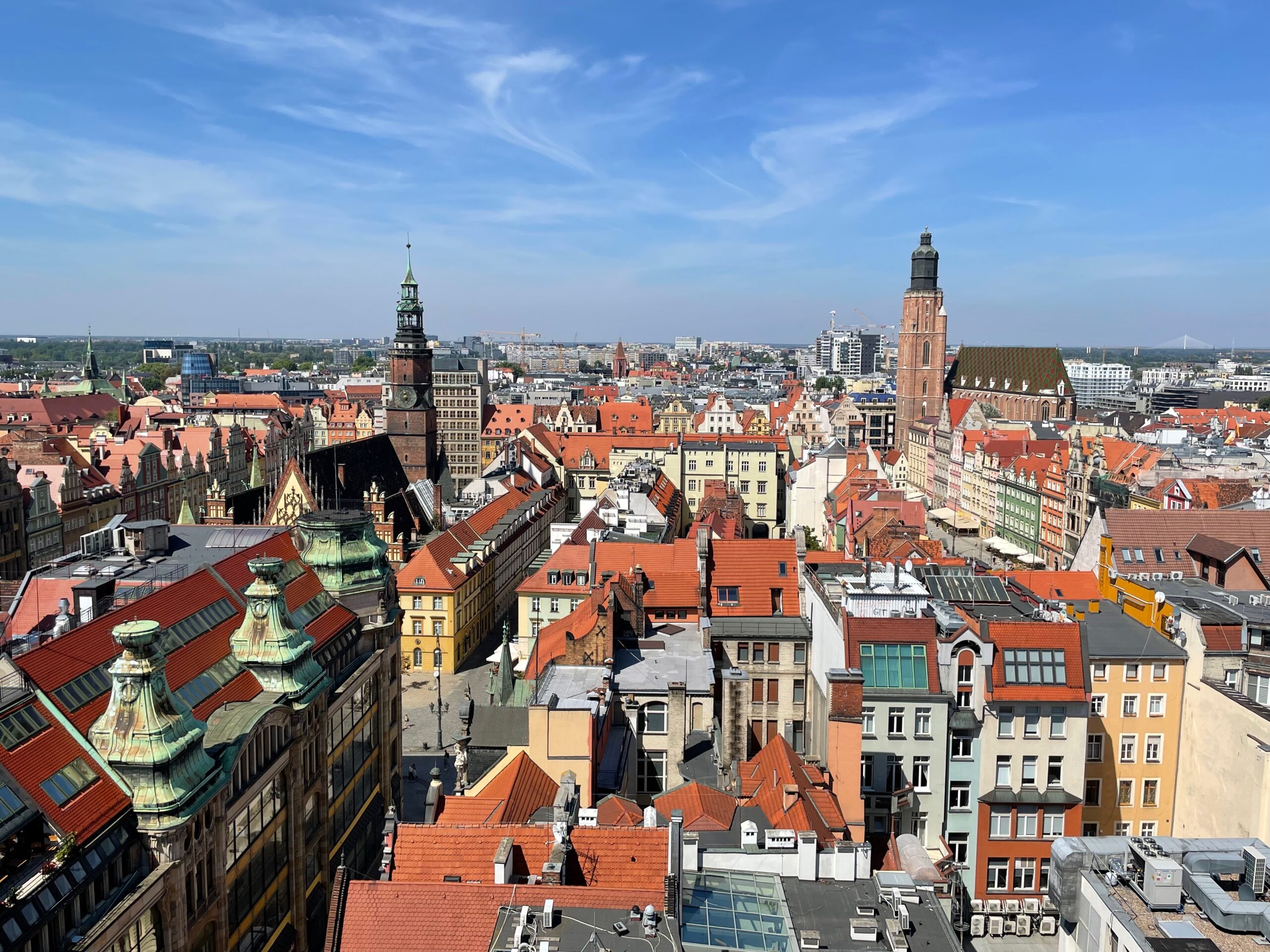 |
4. Stare Jatki street
If you like charming cameral streets with the artistic vibe I suggest you visit Stare Jatki. In the 13th century the street was filled with butcher shops and until today you can feel here a medieval atmosphere. Nowadays, you can’t buy meat here anymore but you will find small art galleries and artisanal workshops instead. You can also stop for some refreshments in the cute cafes nested between the shops. When strolling around look for figurines of domestic animals – the remainder of Stare Jatki’s past.
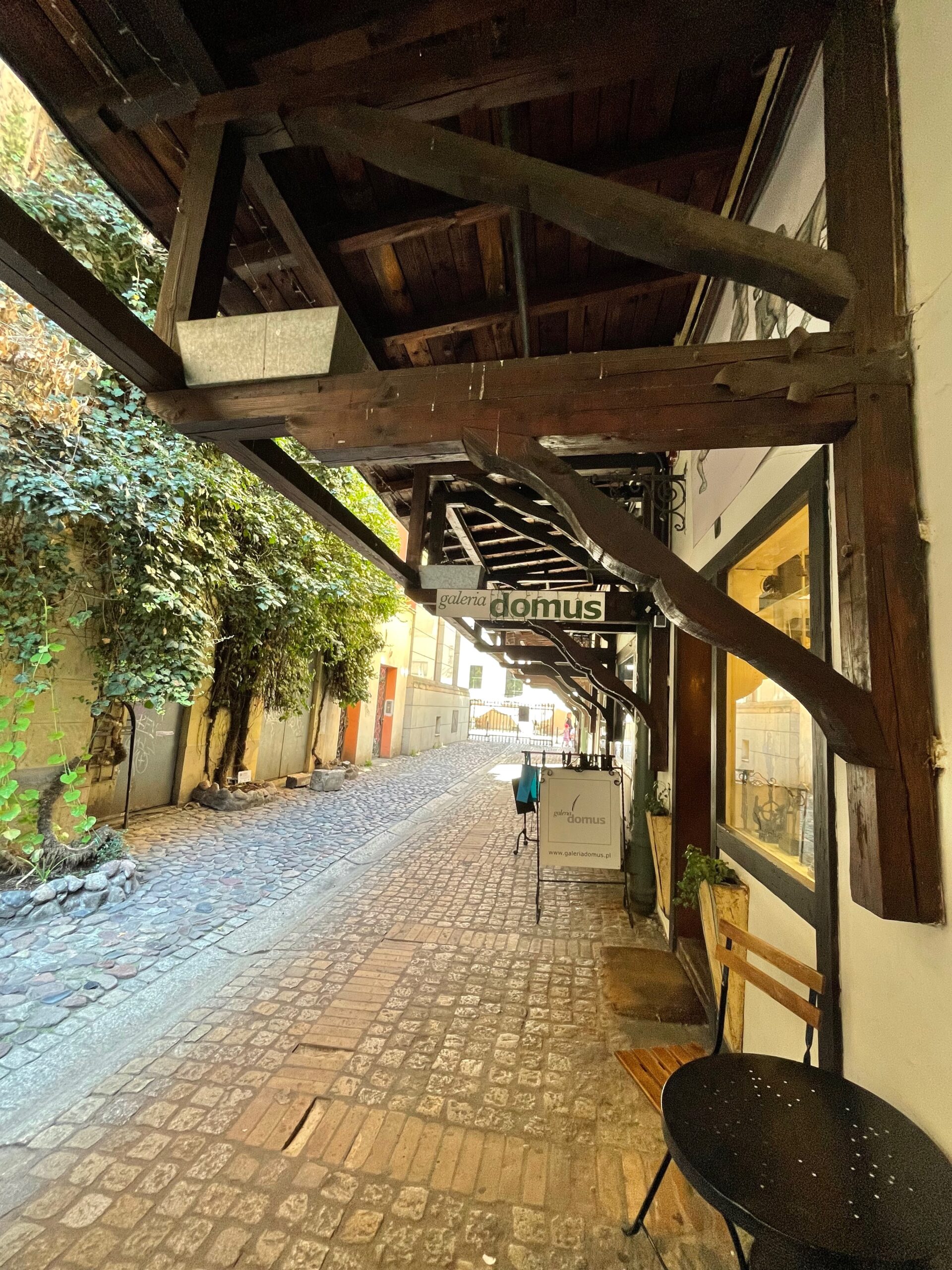 |
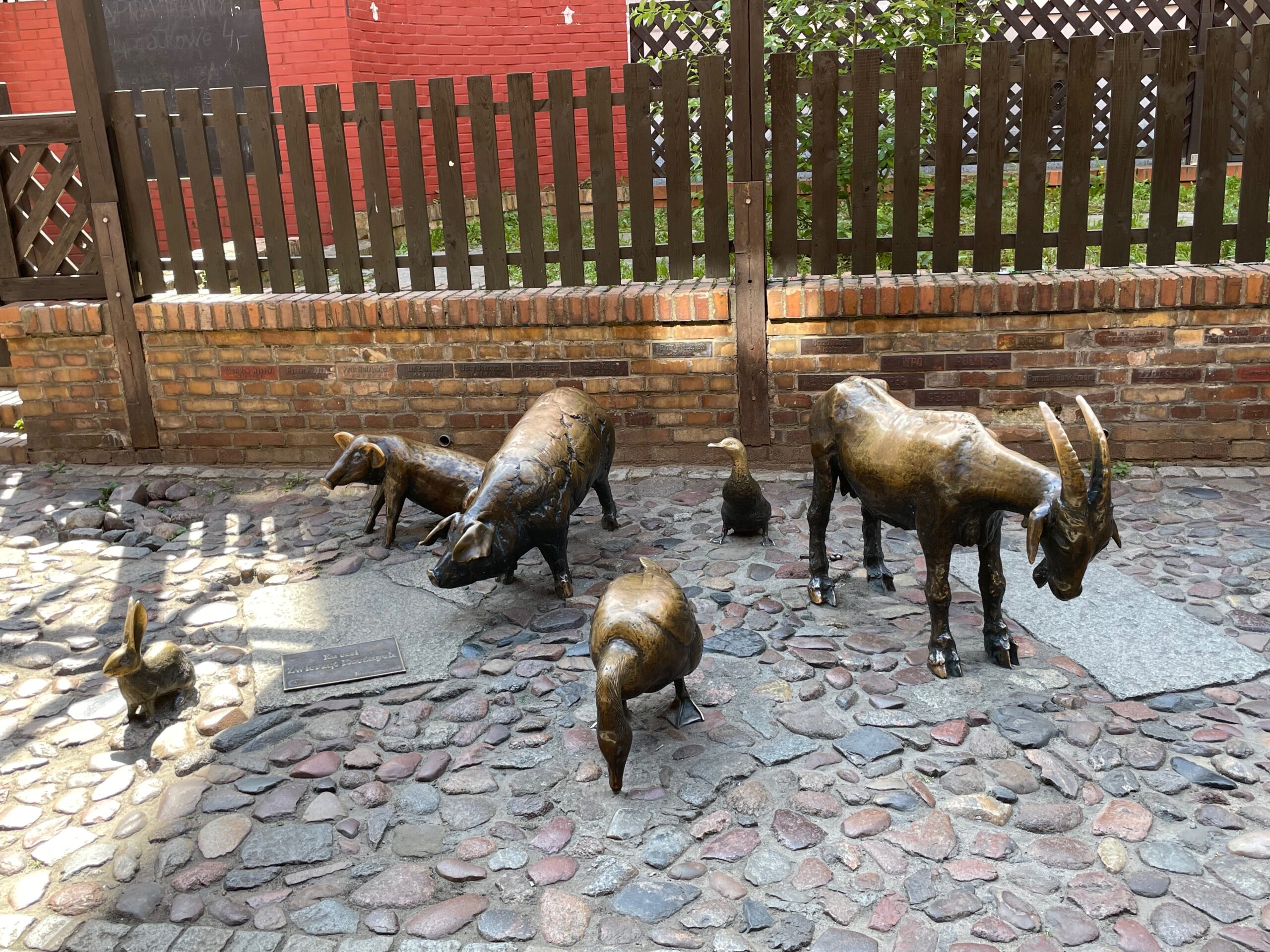 |
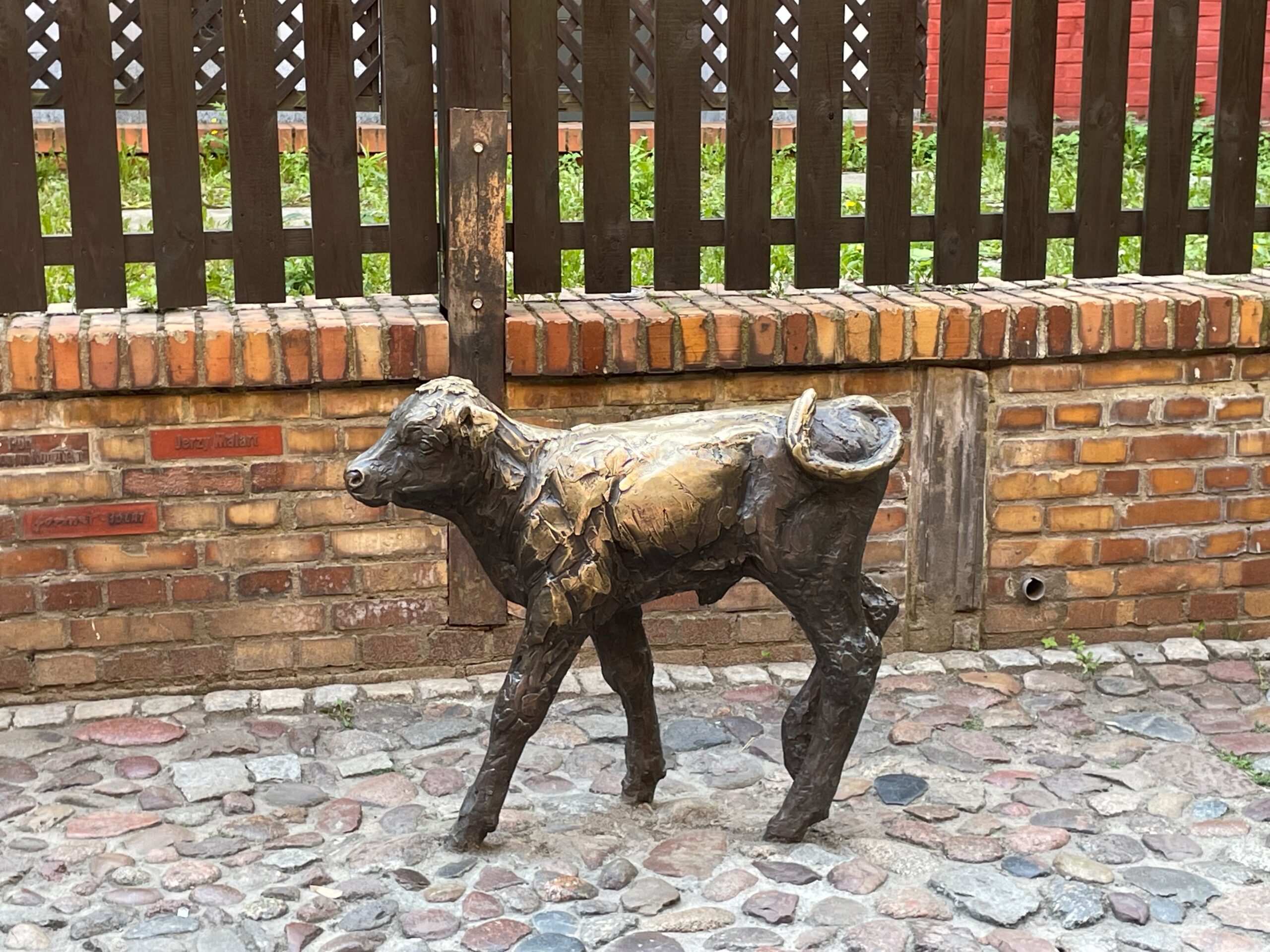 |
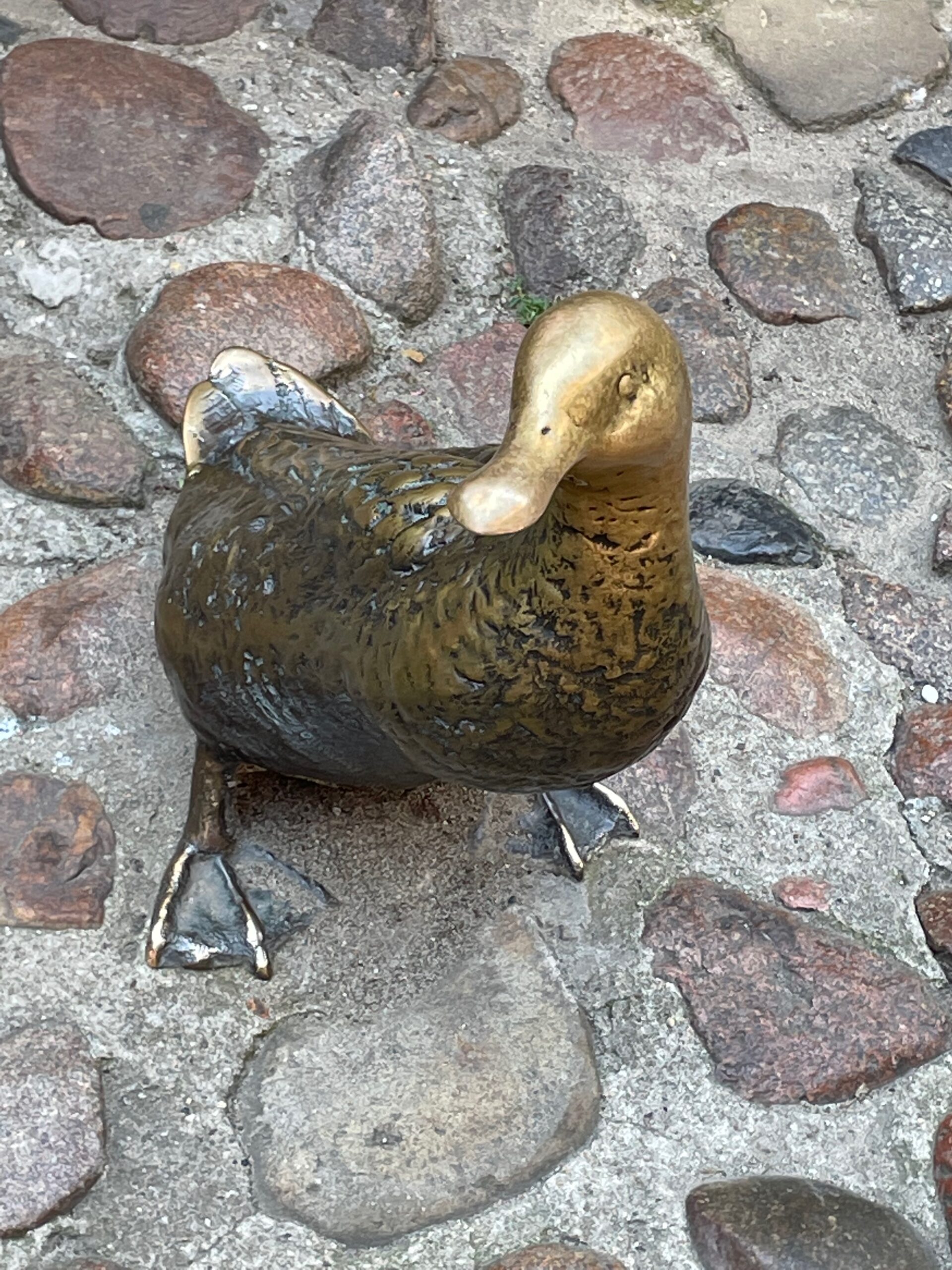 |
5. Ostrów Tumski
This is one of the most historical and enchanting places in the whole city and personally my favourite. Ostrów Tumski is located on the island which can be accessed through the network of famous Wrocław’s bridges. The first mentions of Ostrów Tumski date back to 10th century when Silesian Piasts settled here. The area has many beautiful historical sites, the most important ones are the Cathedral of St. John the Baptist. The three-nave Gothic you can see today comes from the 13th and 14th centuries. The cathedral is considered to be the first fully Gothic church in Poland.
I recommend stepping in to admire the interior full of intricate decorations, if you like organ music check the announcements for evening concerts.
Ostrów Tumski hides many other gems such as the church of St. Giles which is the oldest existing church in Wrocław. You can also visit the Gothic Collegiate Church of the Holy Cross and St. Bartholomew with the world’s largest statue of John of Nepomuk standing just in front.
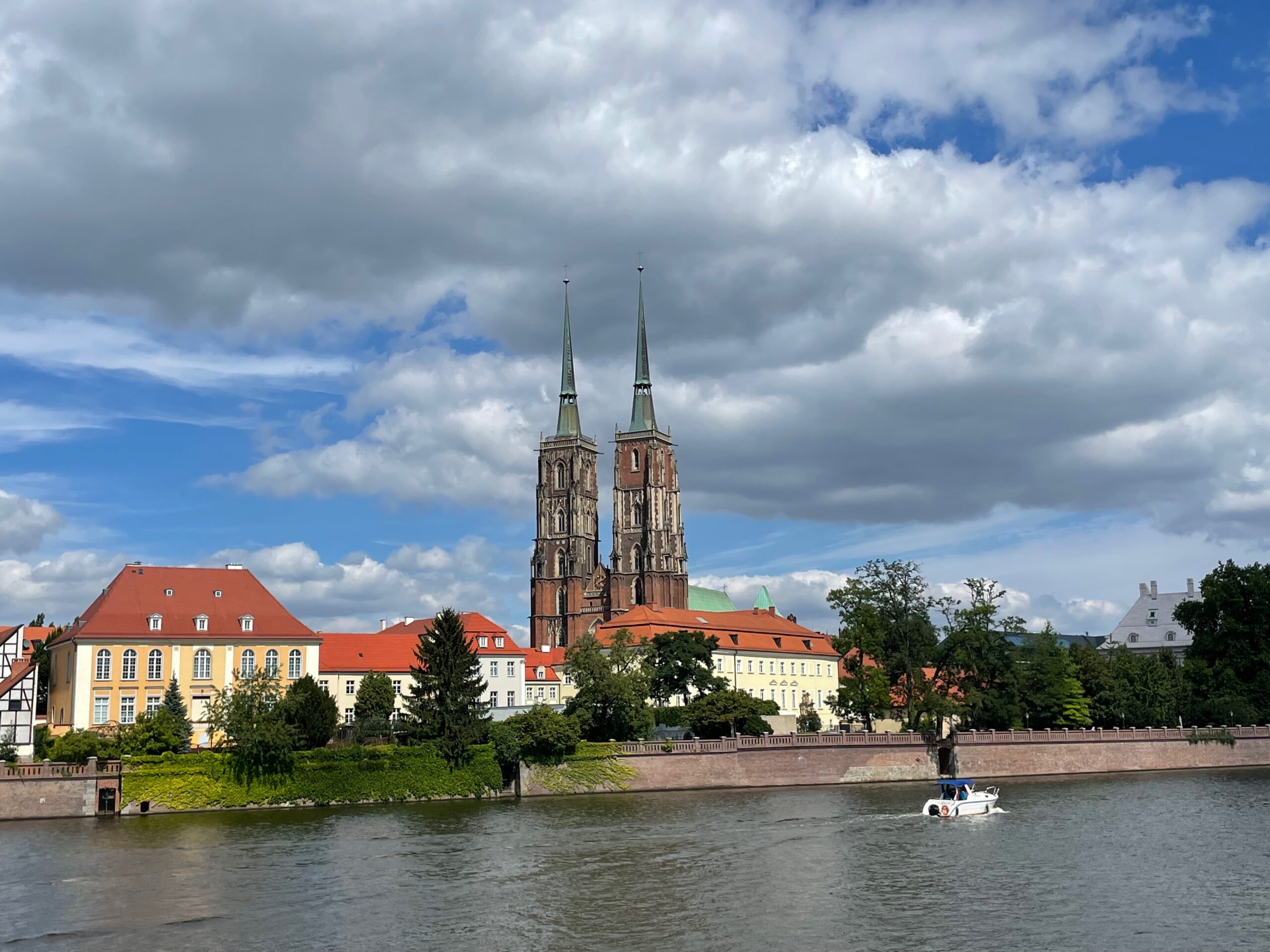 |
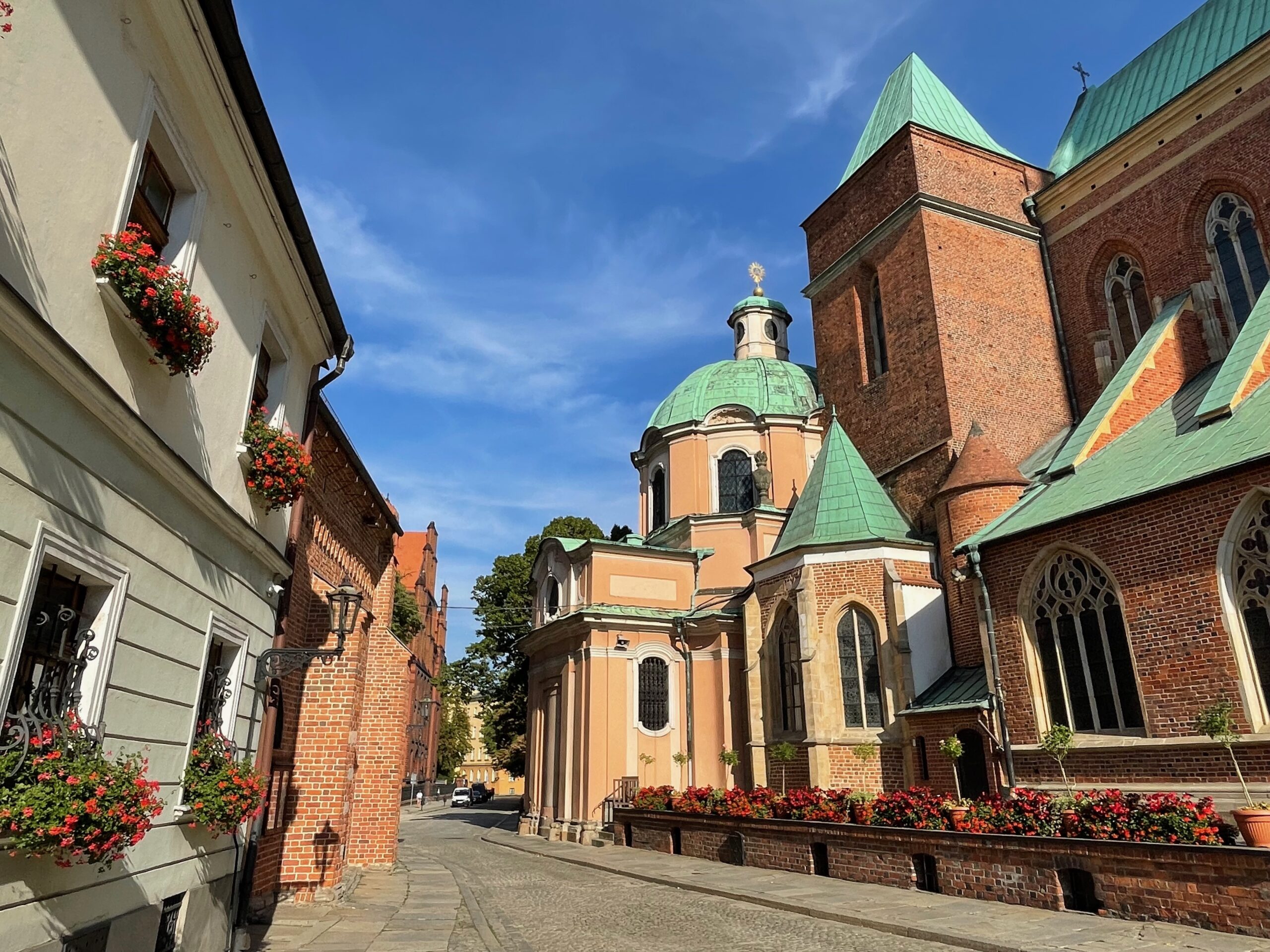 |
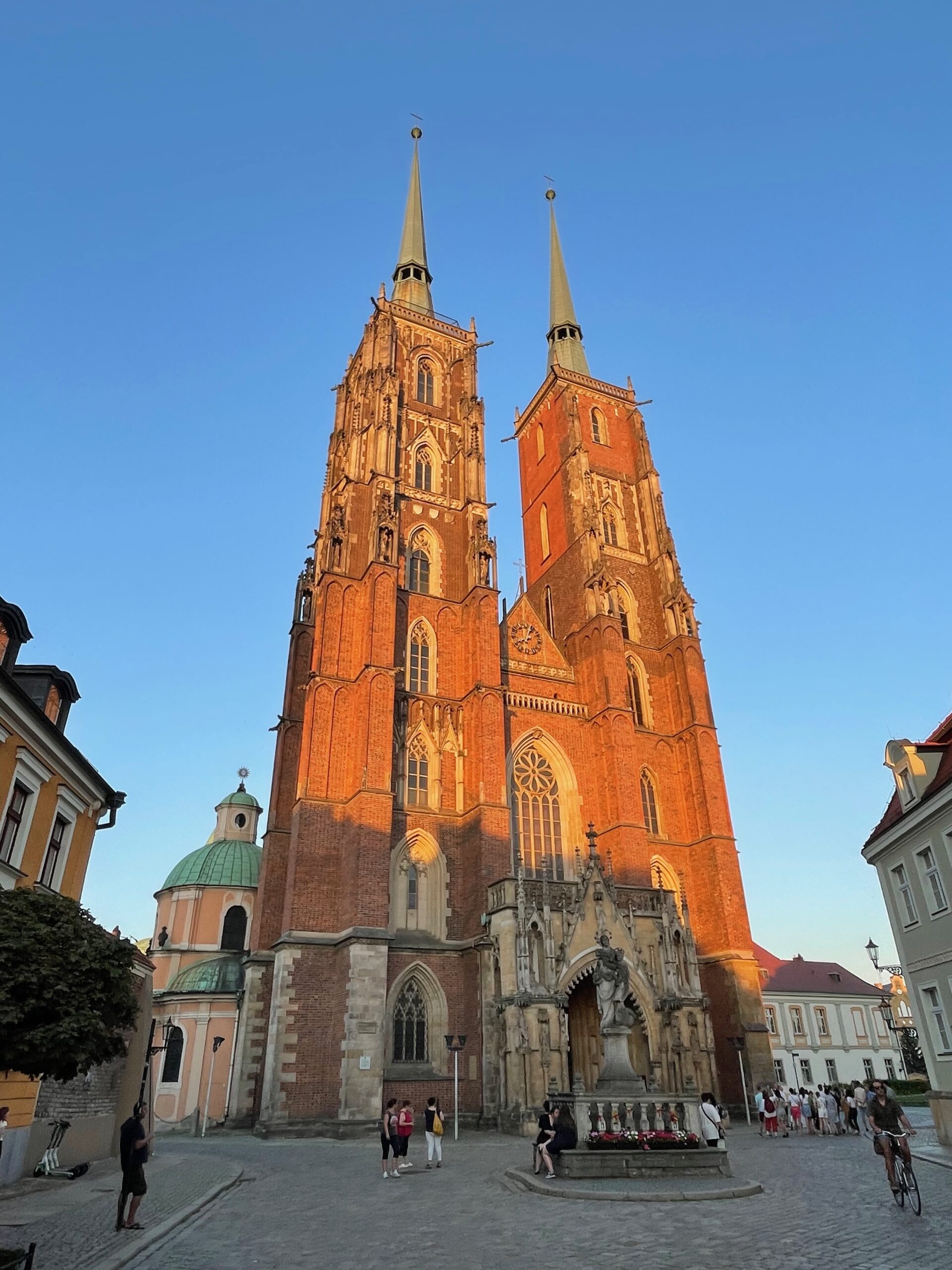 |
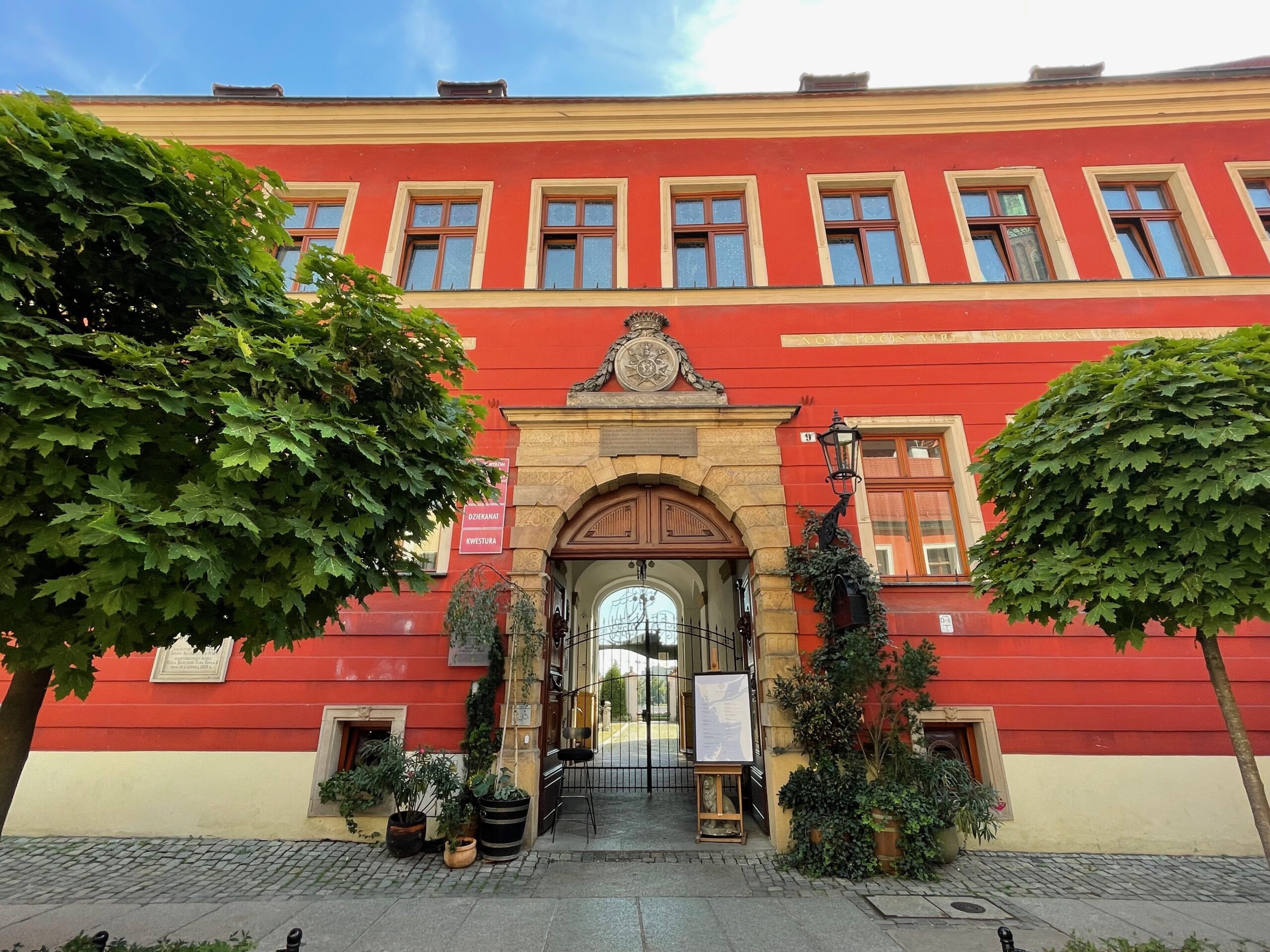 |
Apart from sacral buildings, Ostrów Tumski enchants with its cameral quiet streets, the island is a pedestrian zone and very peaceful and relaxing area that make you forget you’re in the middle of the city. You will find here many climatic restaurants and cafes serving delicious traditional Polish dishes, we stopped here for excellent bullion with deer meatballs.
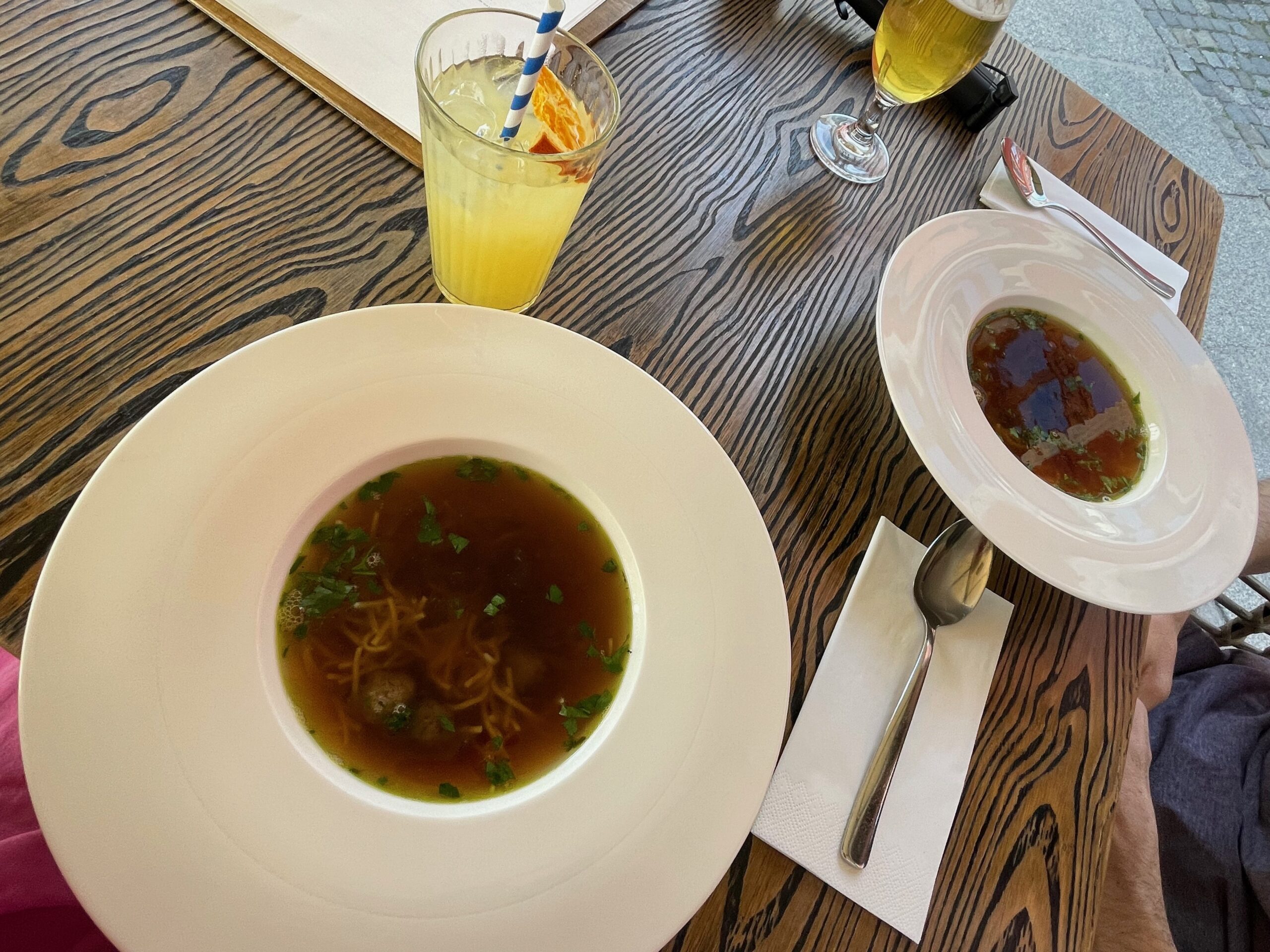 |
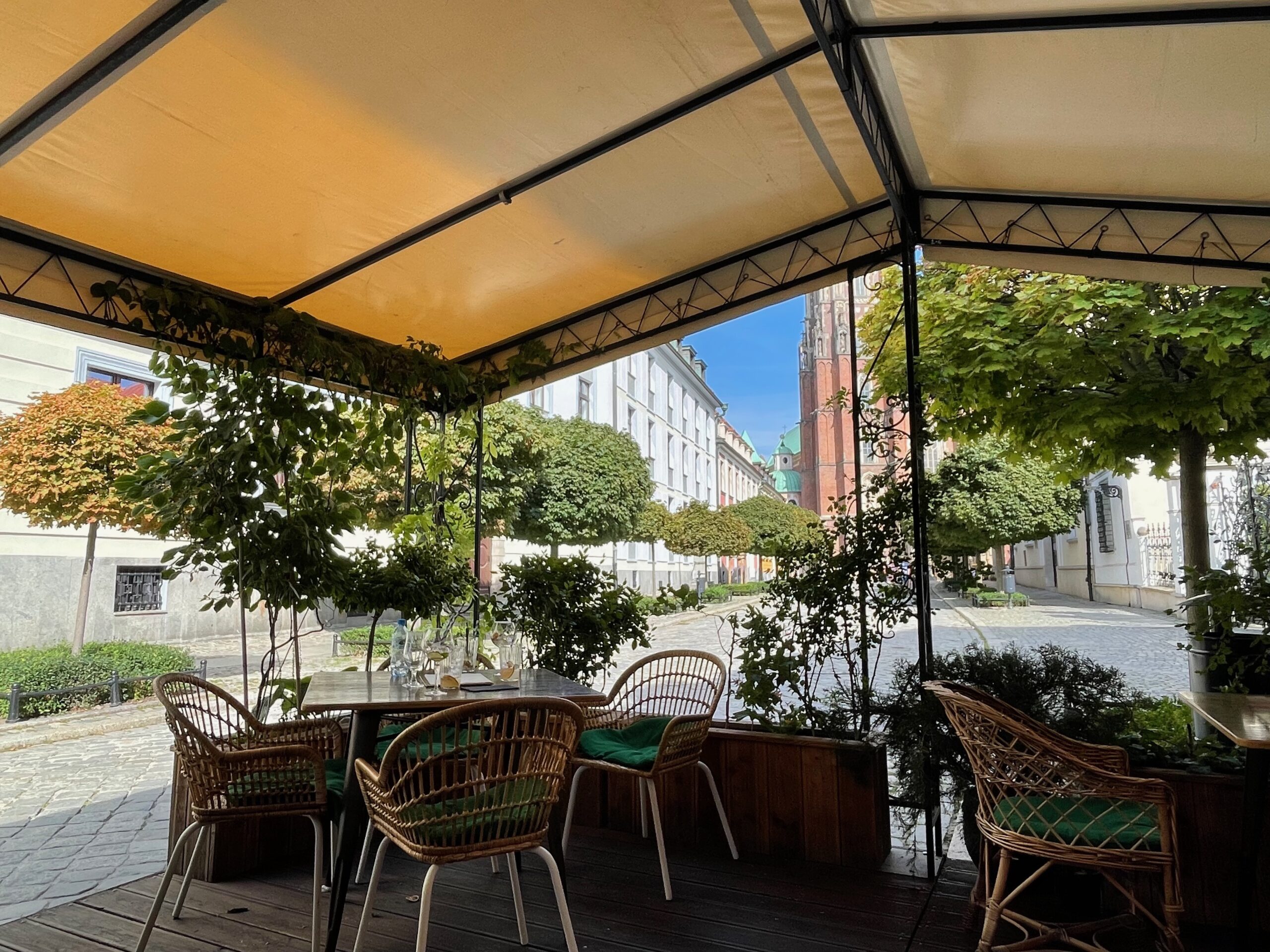 |
To prolong your walk in Ostrów Tumski I recommend stepping in to the peaceful botanical garden which belongs to the University of Wrocław and/or have a leisure stroll along the river banks.
I recommend visiting the area for 1-2 hours and come back/rest here until evening when the true magic begins. Ostrów Tumski is known from keeping the tradition of gas lanterns switching manually by the lamplighter. The whole procedure is absolutely enchanting with a bit mysterious lamplighter dressed in traditional black coat emerging silently from the area of St. Giles. The man goes around the streets of Ostrów Tumski and for around an hour lights up the lamps. We came to the islet twice during our stay to watch the lamp switching. Every evening the visitors gather before sunset in front of St. Giles church and look out for the lamplighter. Each time he lighted up the first lamps unnoticed and only at some point finally got spotted and followed by the group of people. The man was very friendly and patiently posed for photos. Personally, I find the tradition very lovely and magical, and really recommend you to come here at least for one evening.
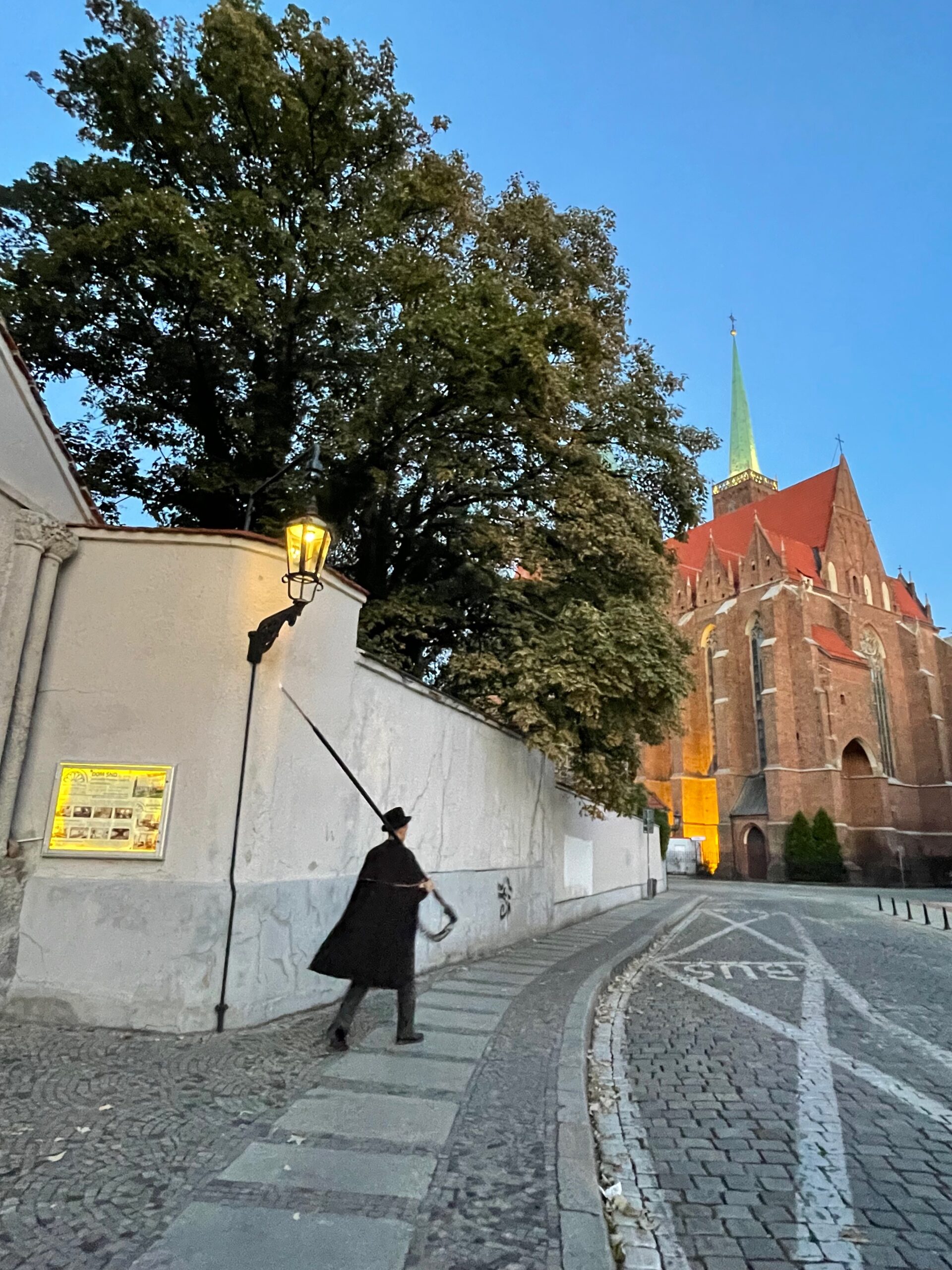 |
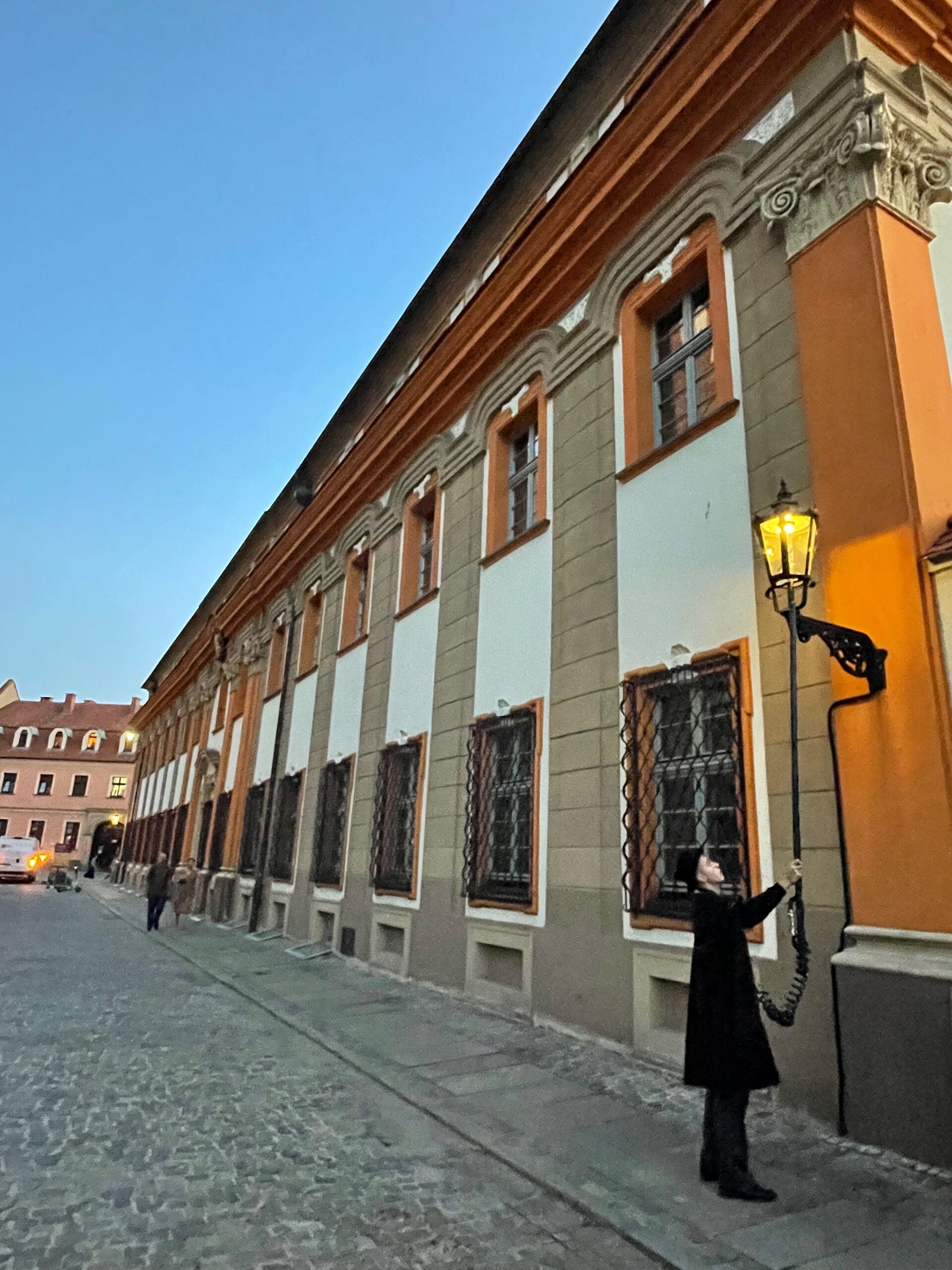 |
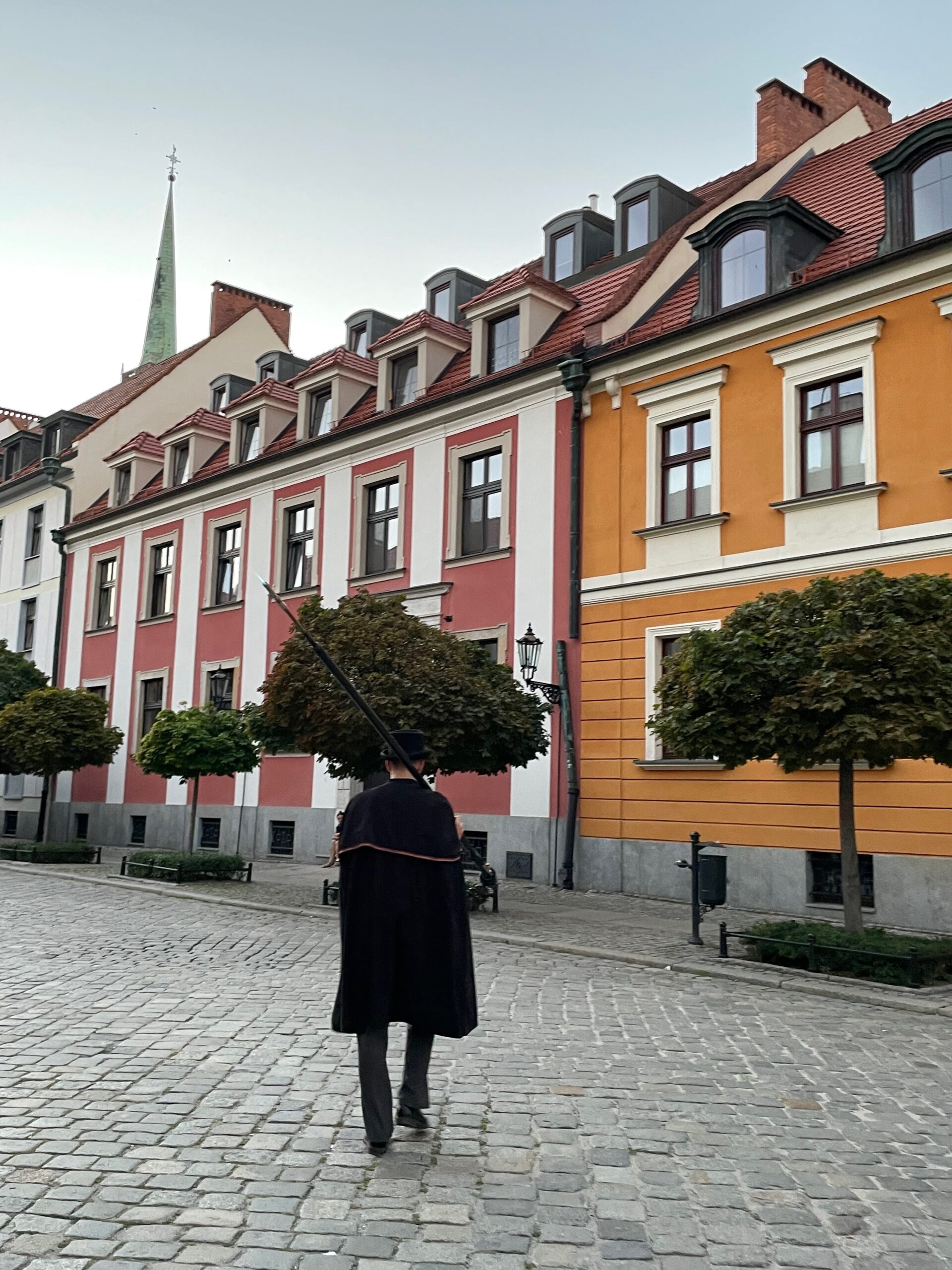 |
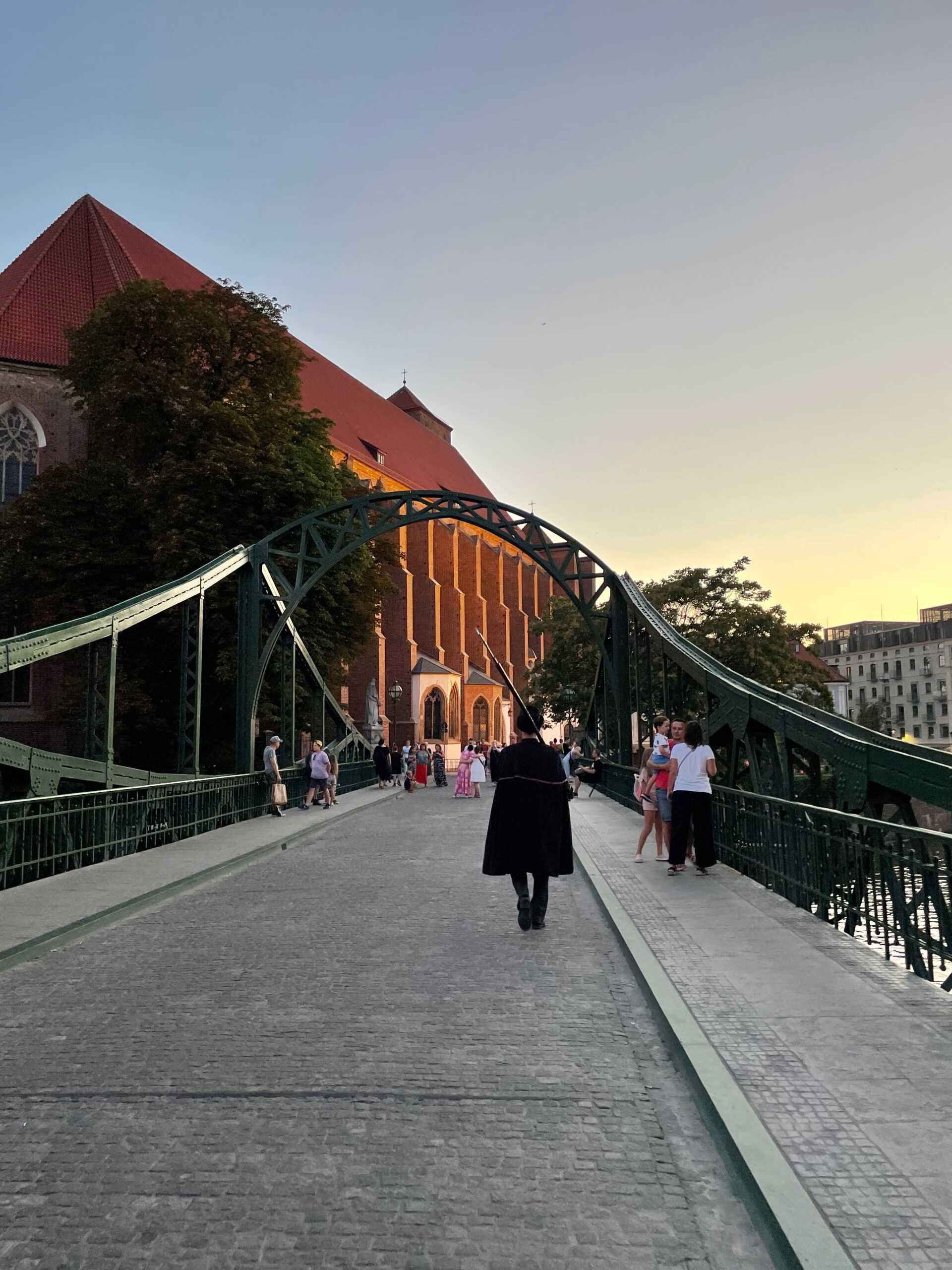 |
You can stop for dinner in one of the excellent restaurants in Ostrów Tumski or cross the bridges and walk in direction of market square where you will find many restaurants and bars.
Day 2: Wrocław’s museums and Oder’s islets
6. University of Wrocław Museum
Wrocław is an academic town with a beautiful historical baroque style main building of the University of Wrocław where you can visit a museum which safeguards the artefacts and memorabilia related to the institution’s activities. You can explore different sites, with the most popular being the beautifully decorated Aula Leopoldina which is the largest and most representative part of the main building. It is designed in the Italian baroque style and decorated with frescoes. Another important room is the representative Oratorium Marianum adorned in a baroque style. I also bought the ticket to see Mathematical Tower from where you have great views at Wrocław.
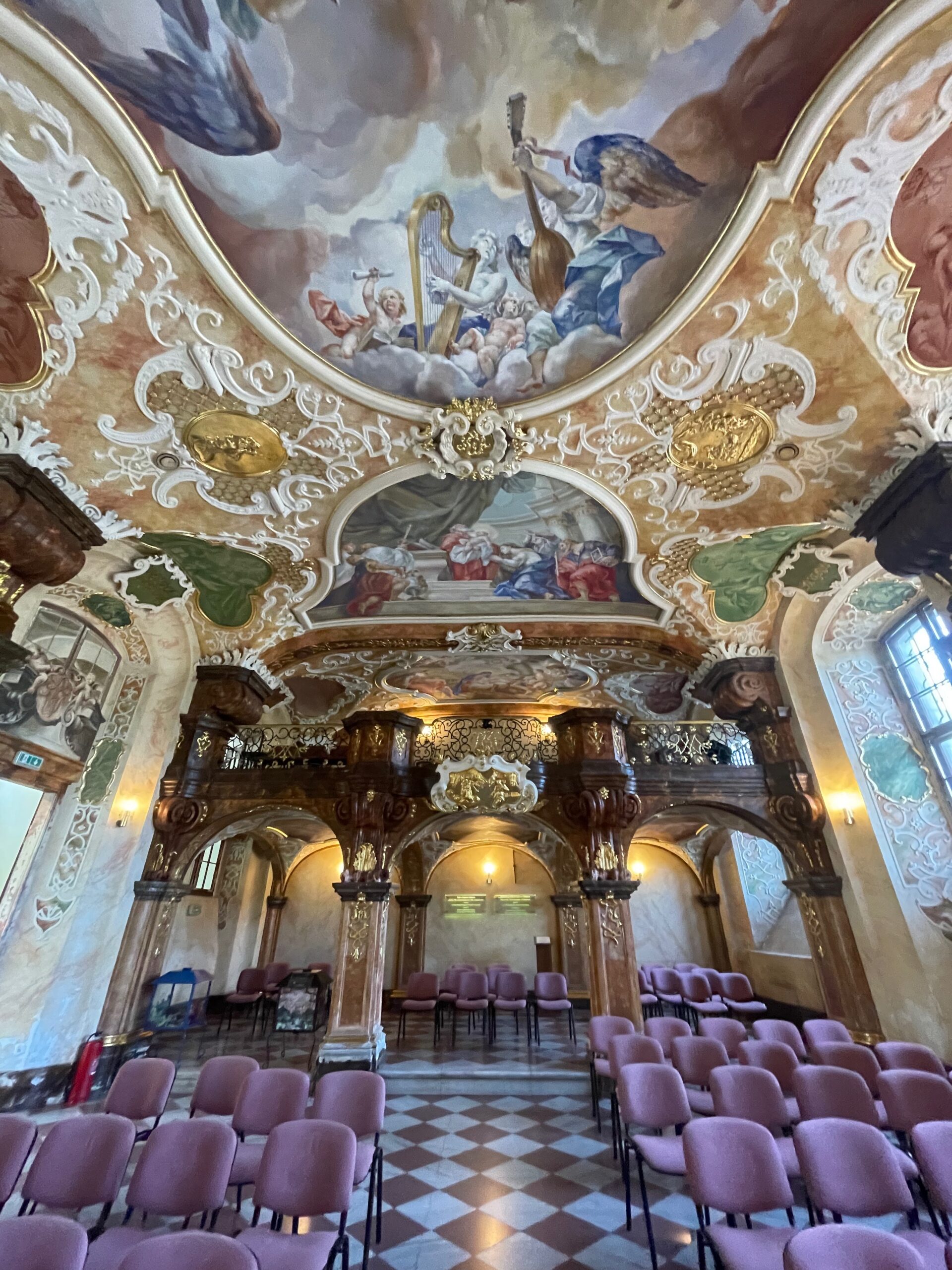 |
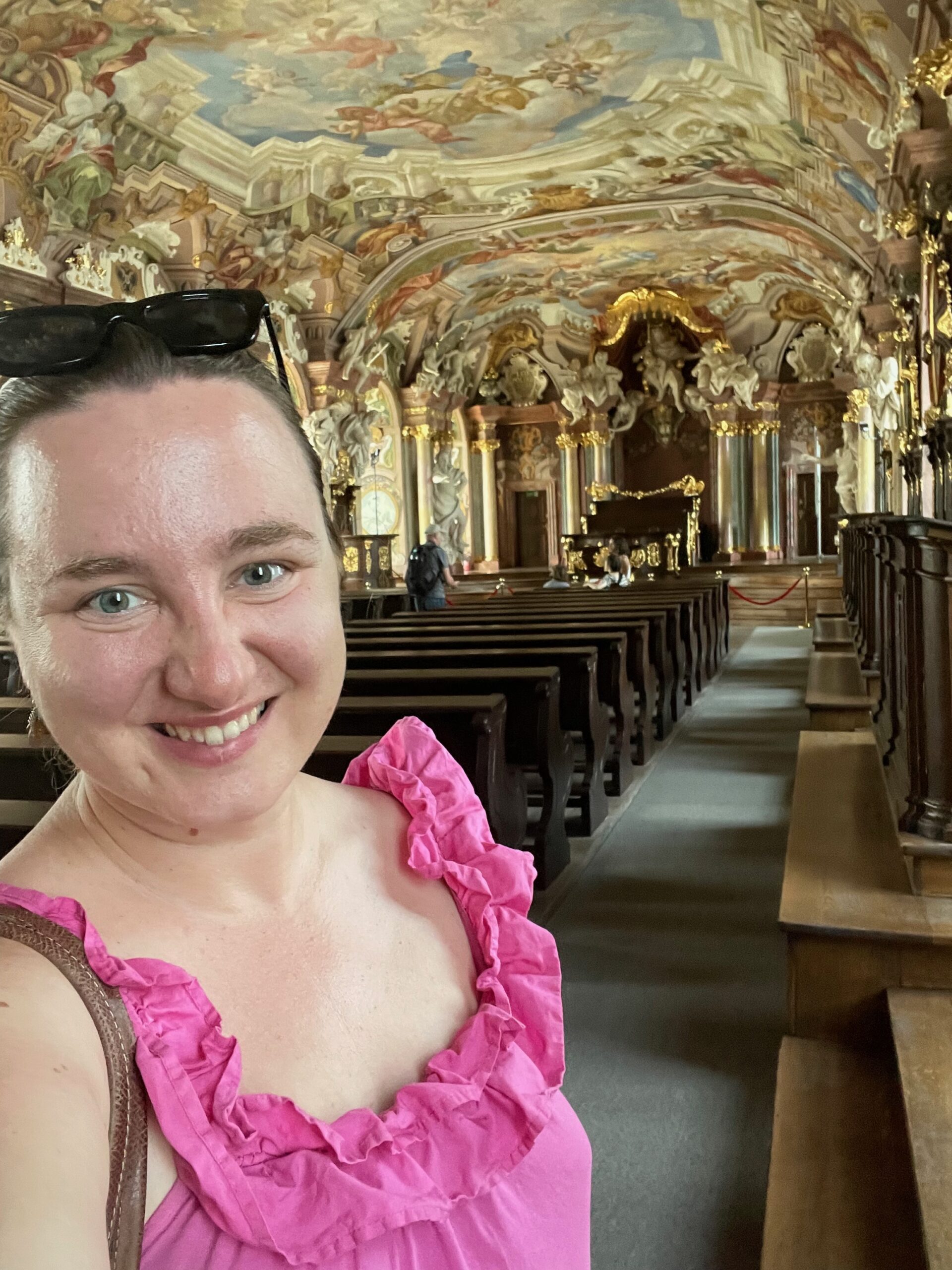 |
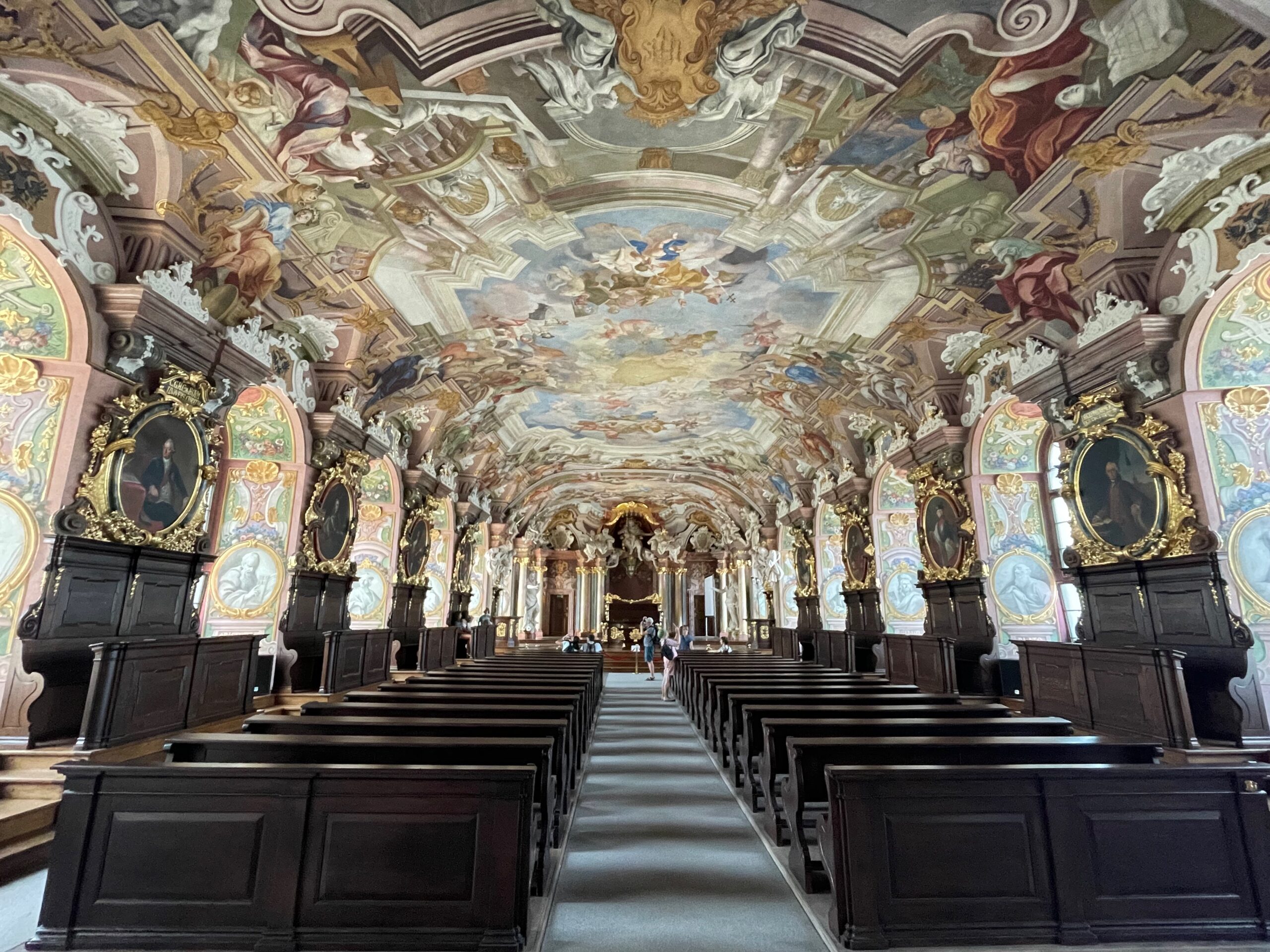 |
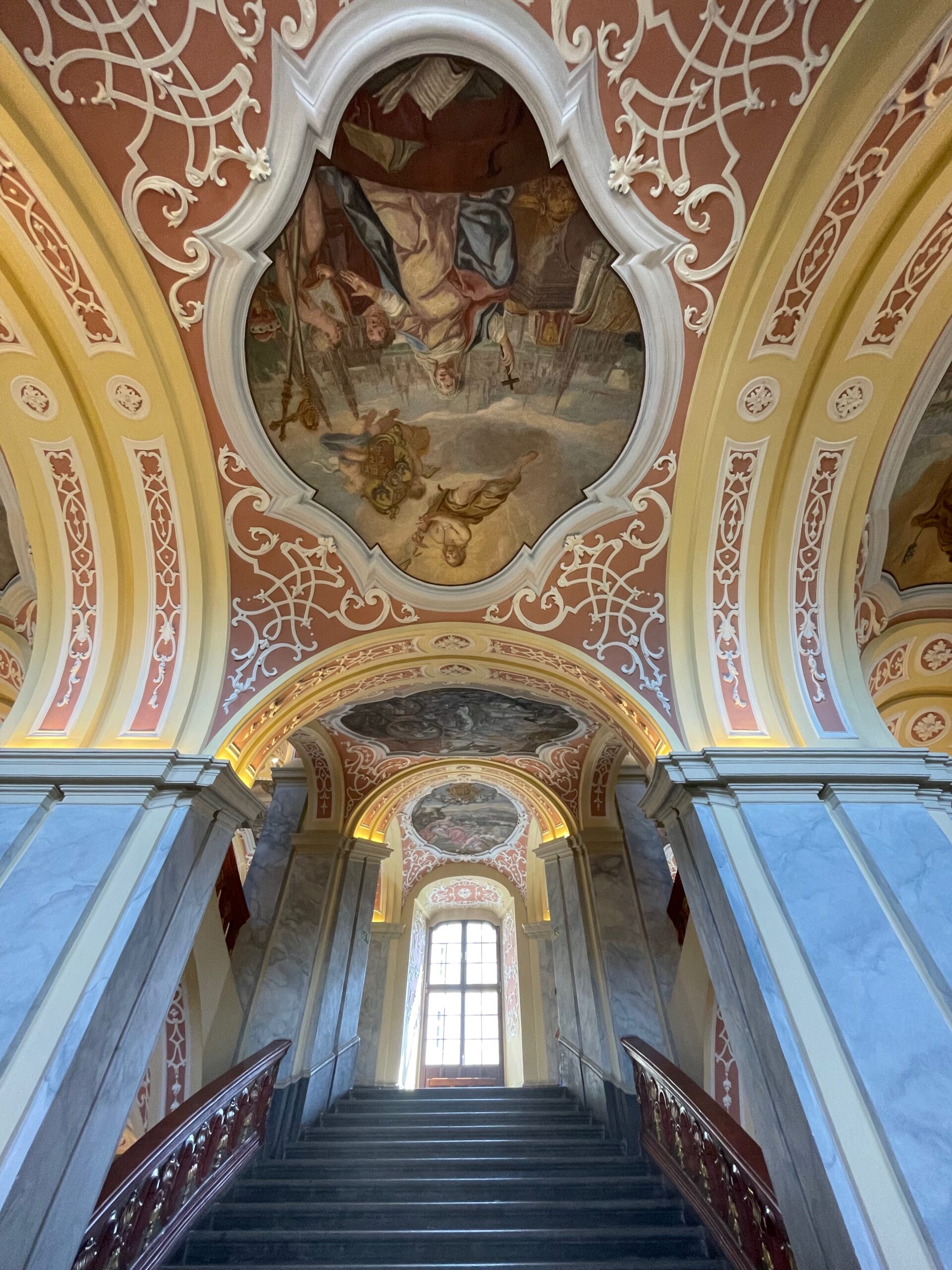 |
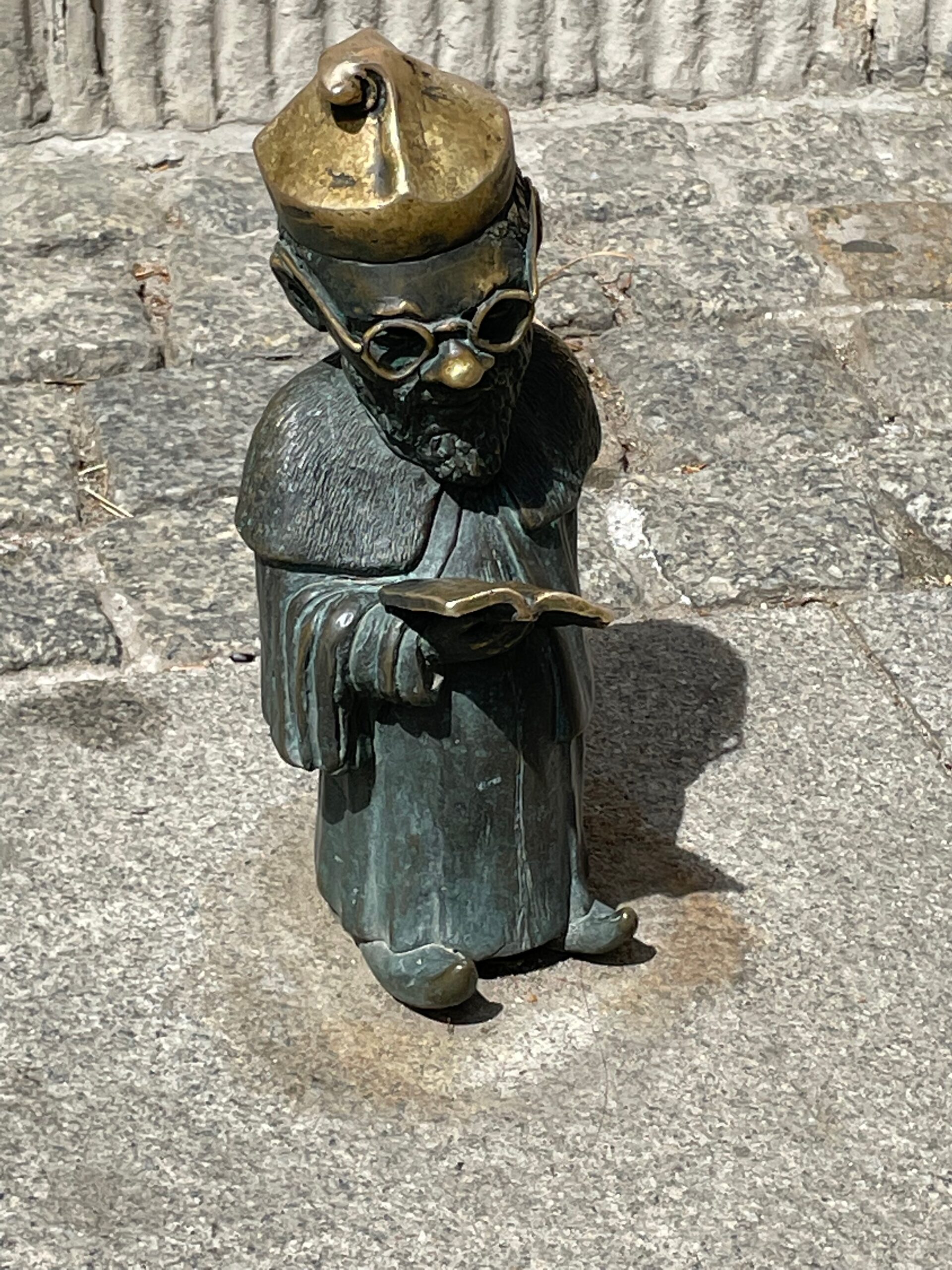 |
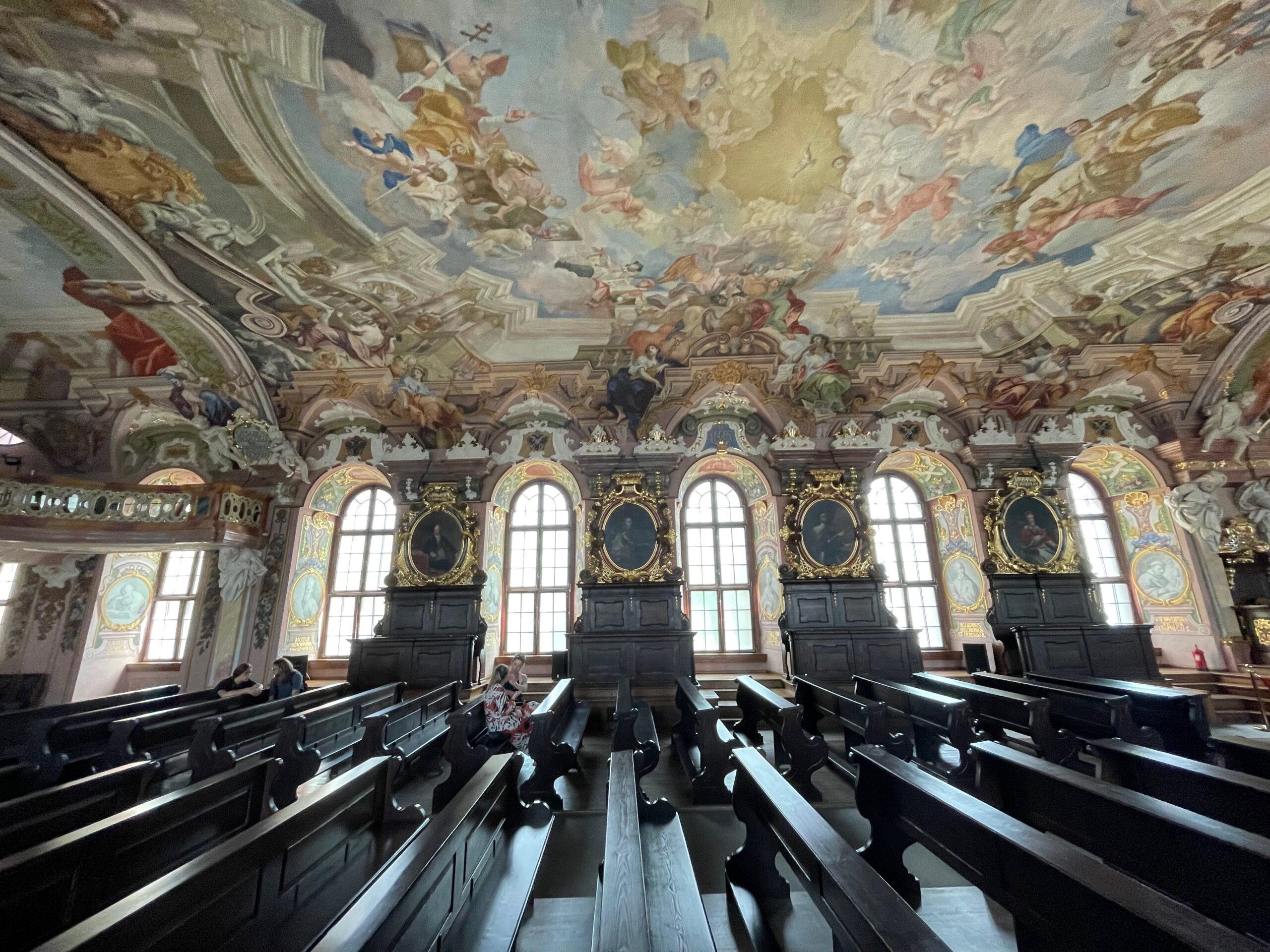 |
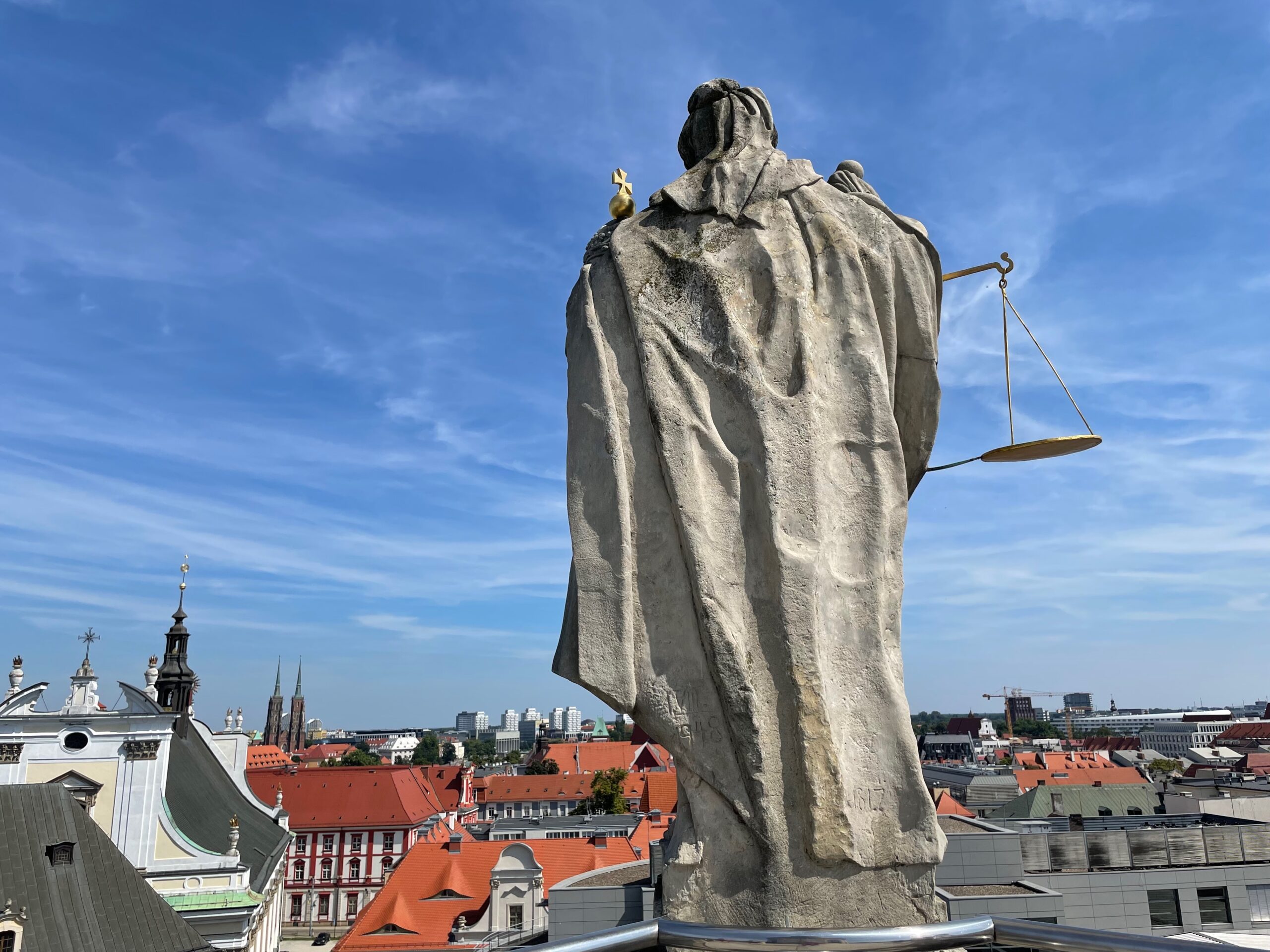 |
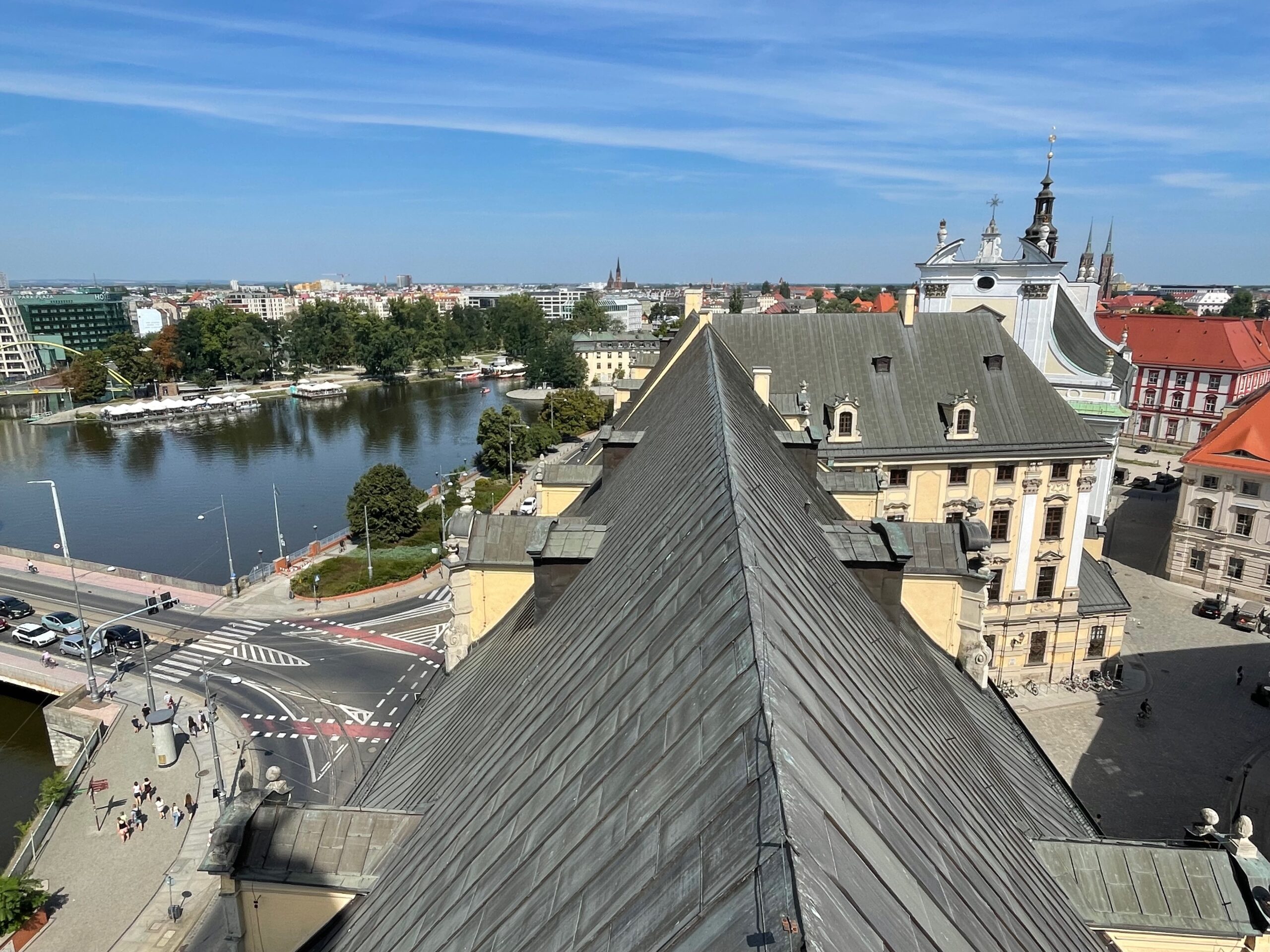 |
7. Panorama of the Battle of Racławice
If you want to learn a bit of Polish history through art I recommend visiting Panorama of the Battle of Racławice, the painting is located in the separate building belonging to the National Museum. It takes a few minute walk from University of Wrocław Museum. This iconic artwork is a monumental of 114 meters by 15 meters in height retracing the battle of Racławice during the Kościuszko uprising in 1794. This masterpiece is one of few remaining preserved relics of a genre of 19th-century mass culture, and the oldest in Poland. The way you can see the painting is an experience on its own. You can buy the ticket online or in the cash desk and can enter only for chosen time slot. At the specific hour you will enter with a small group of visitors and stand in the center of the room with the Panorama of the Battle of Racławice displayed on the walls creating a circle. After few moments, the guided tour begins. Consecutive scenes depicting the battle are explained as you walk along the painting following the combat. You will complete the circle in around 30 minutes (with stops for the guide information) learning all history of the battle. You can request headphones with English explanation, I recommend booking your ticket online in advance for convenient hour since you can not shift your slot, and once the tour has started you can’t enter the room with the painting.
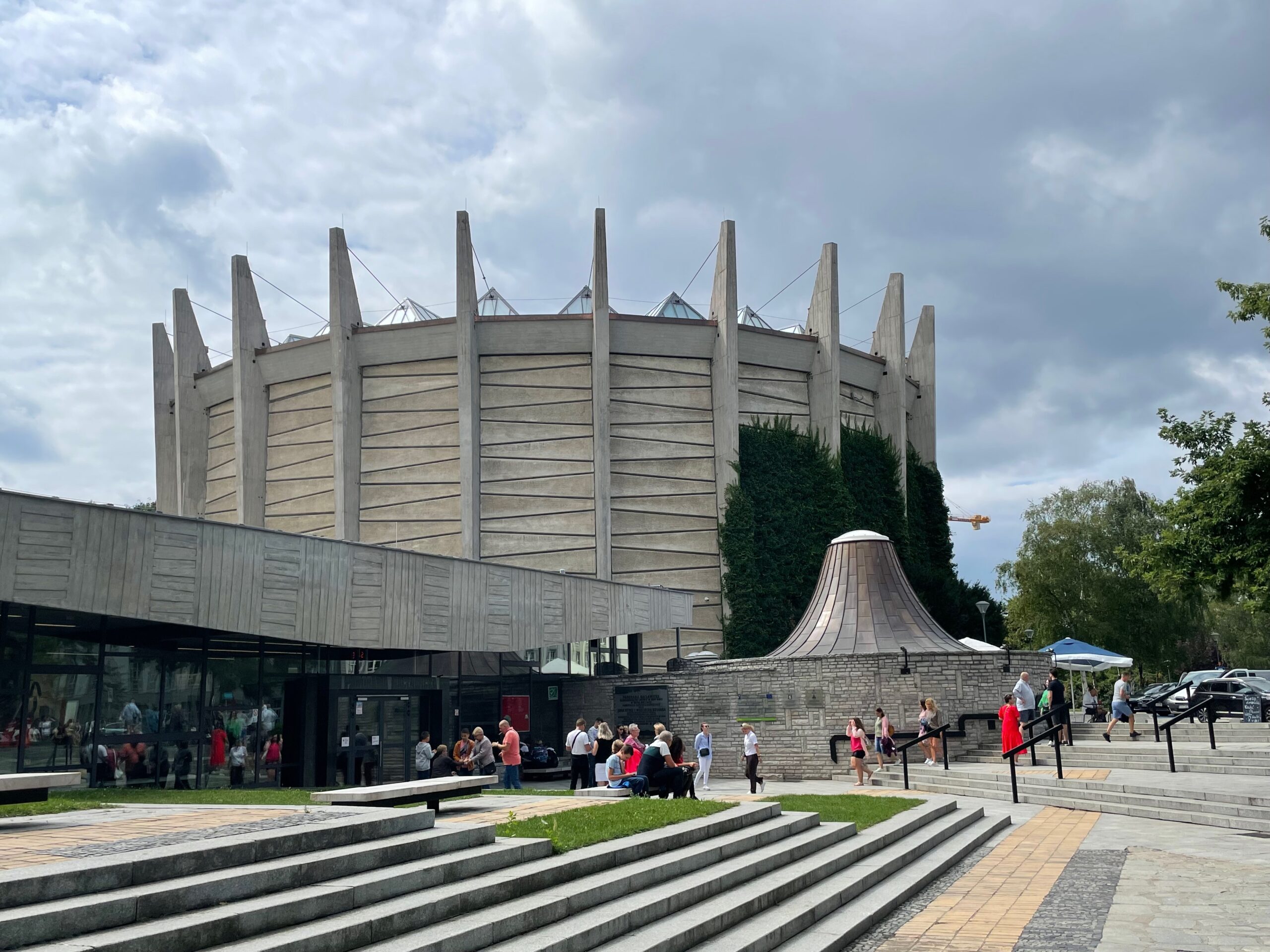 |
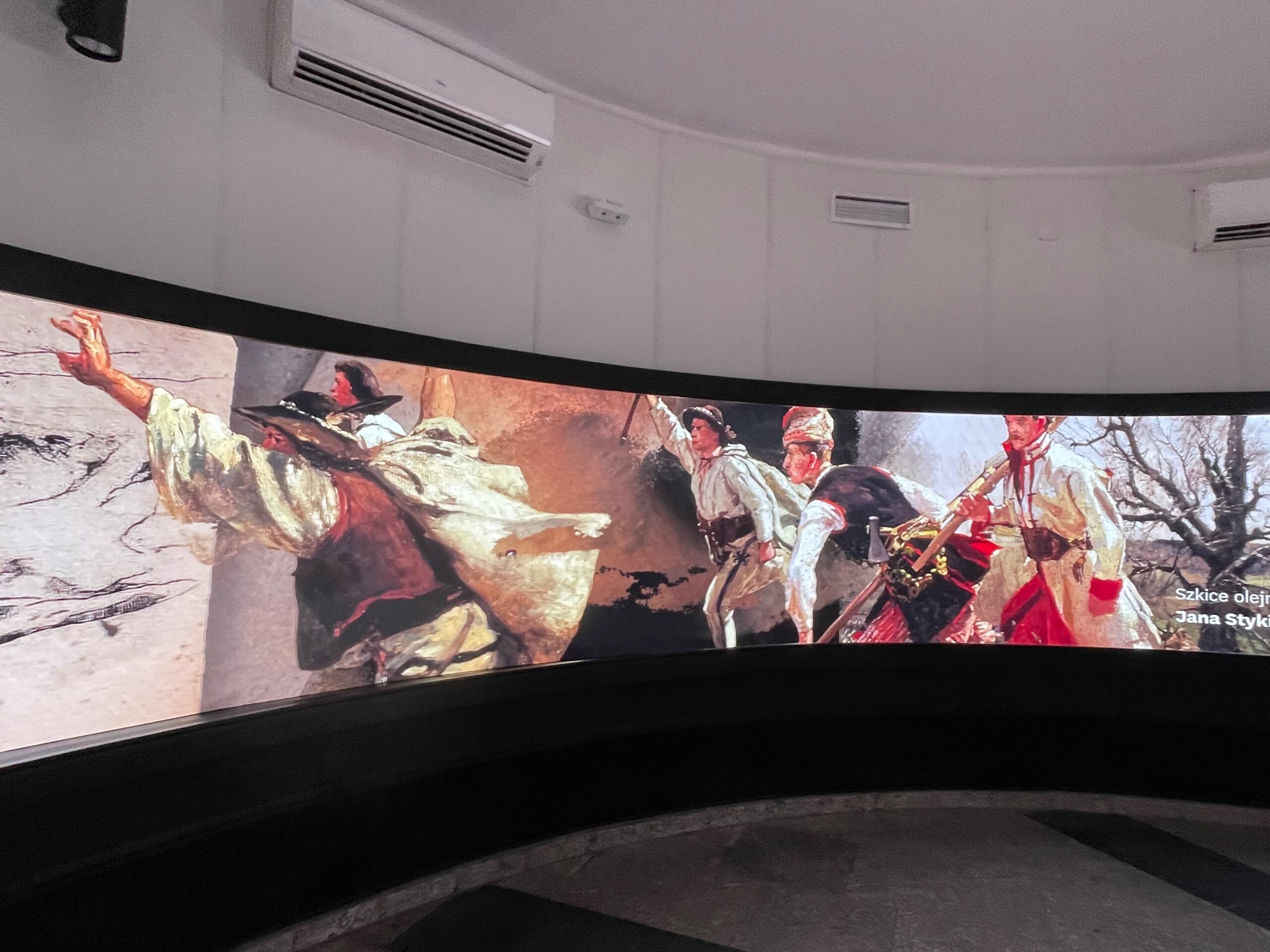 |
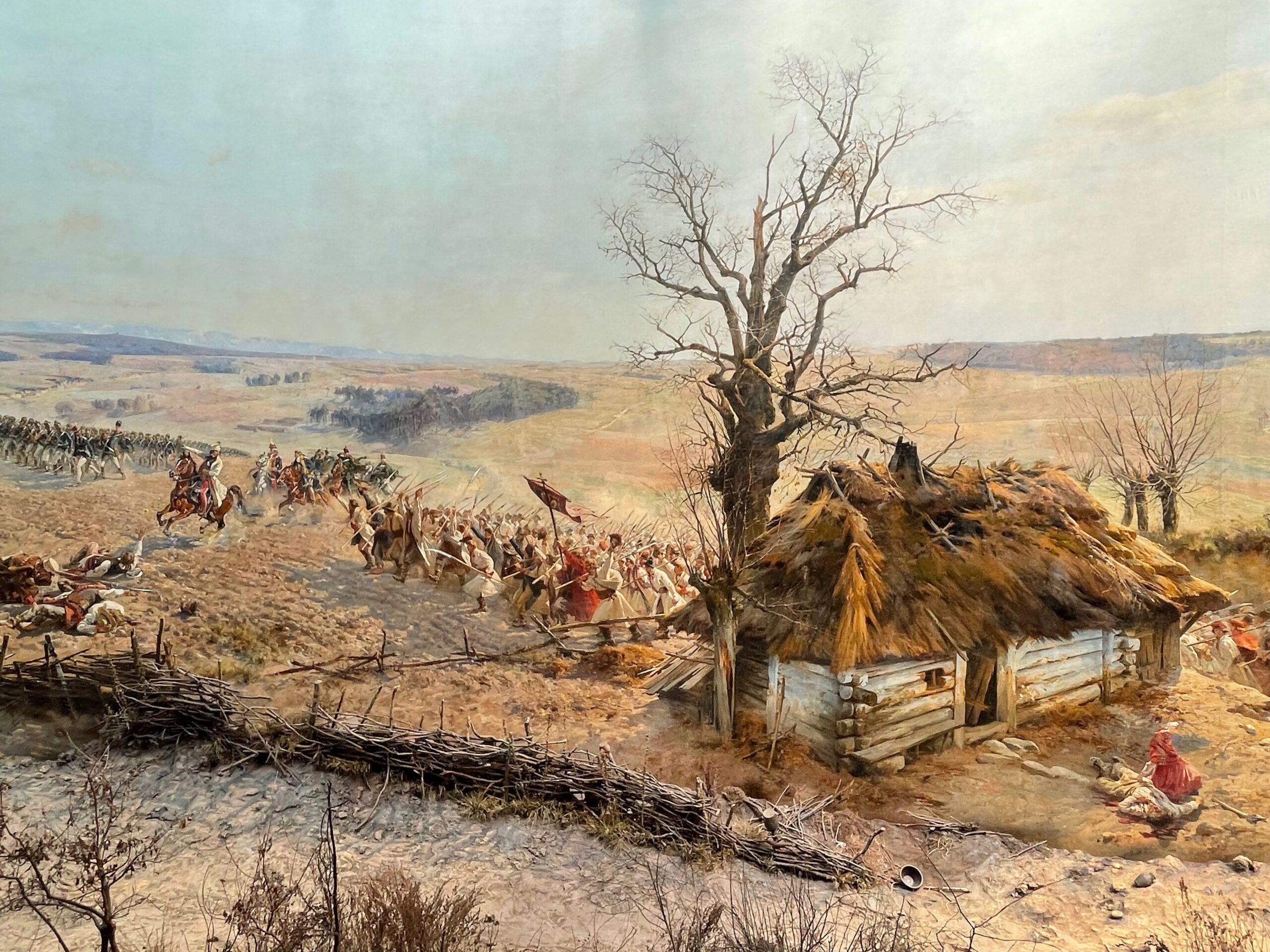 |
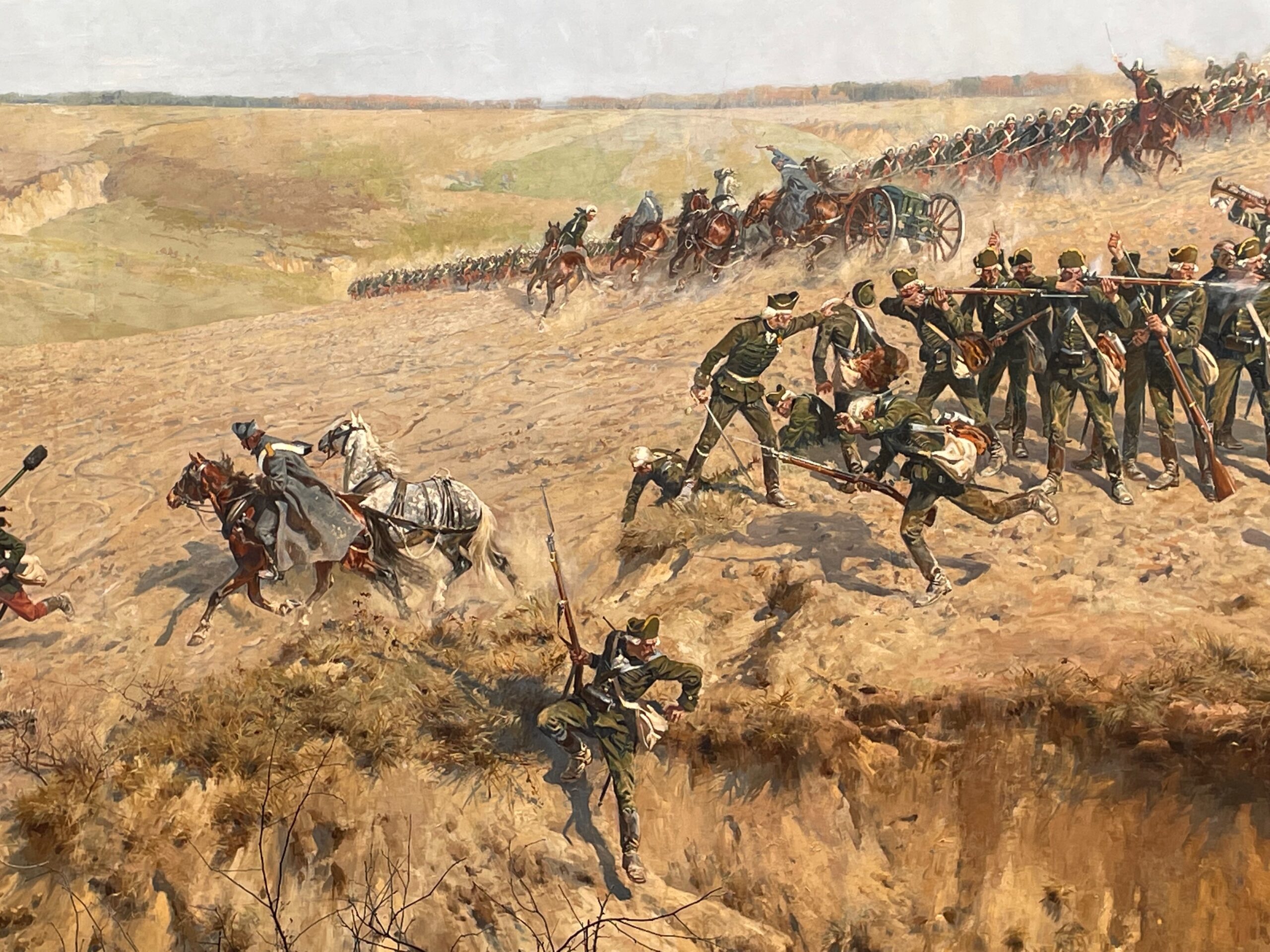 |
8. Discovering Wrocław islets and having a boat tour along Oder
Wrocław’s most historical islet is Ostrów Tumski but through a network of bridges you can easily discover other islands. Have a walk to Wyspa Piasek, Wyspa Słodowa, Bielarska and Młyńska. Some of islands have nice green areas perfect for relaxing walks, many locals in the summer choose these places for picnics or just a leisure book reading on the blanket. Along the banks you will find many boats turned into small bars and cafes where you can have a coffee or try local beers.
If you want to spend your time a bit more actively, you can rent a water bike to overlook the city from Oder’s perspective. Alternatively, you can rent a small boat or just join an organized cruise for a more relaxed experience.
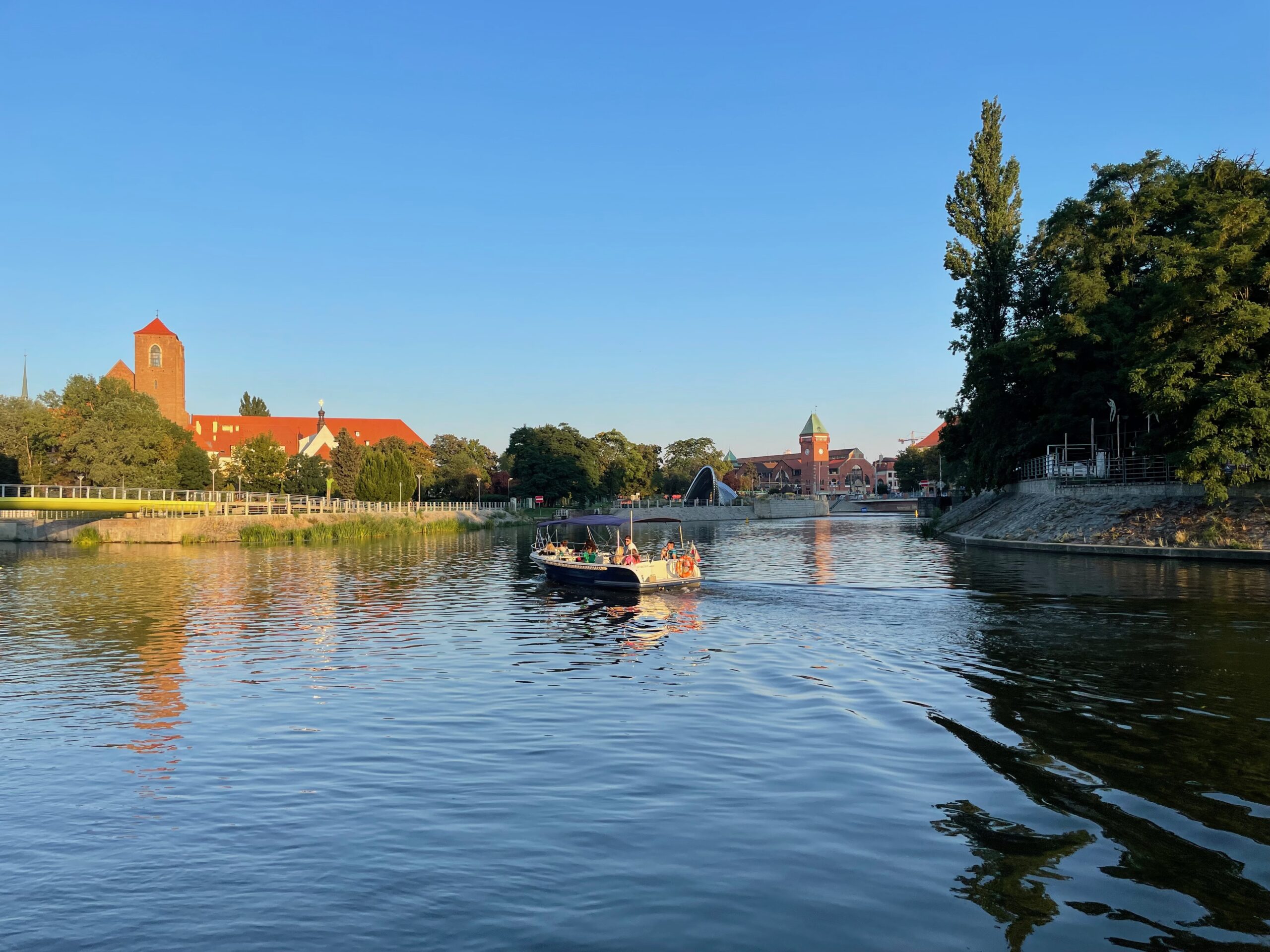 |
9. Strolling the old town’s street and souvenir shopping.
I suggest walking the charming streets coming from the market square to absorb the Wrocław’s unique vibe. I recommend checking out Plac Solny and adjacent enchanting Zaułek Solny; Oławska Street, Kurzy Targ as well as św. Mikołaja and św. Elżbieta streets. When strolling around you will spot many cute cafes as well as antique stores, and small souvenir stores. Enter some of the numerous bookstores and ask if they have English books section. If you search for more artsy pieces, you can visit again Stare Jatki street and check out the small workshops.
If you’re looking for something traditional and distinctively Polish items check out this post where I list authentic Polish souvenirs which can be found in major cities.
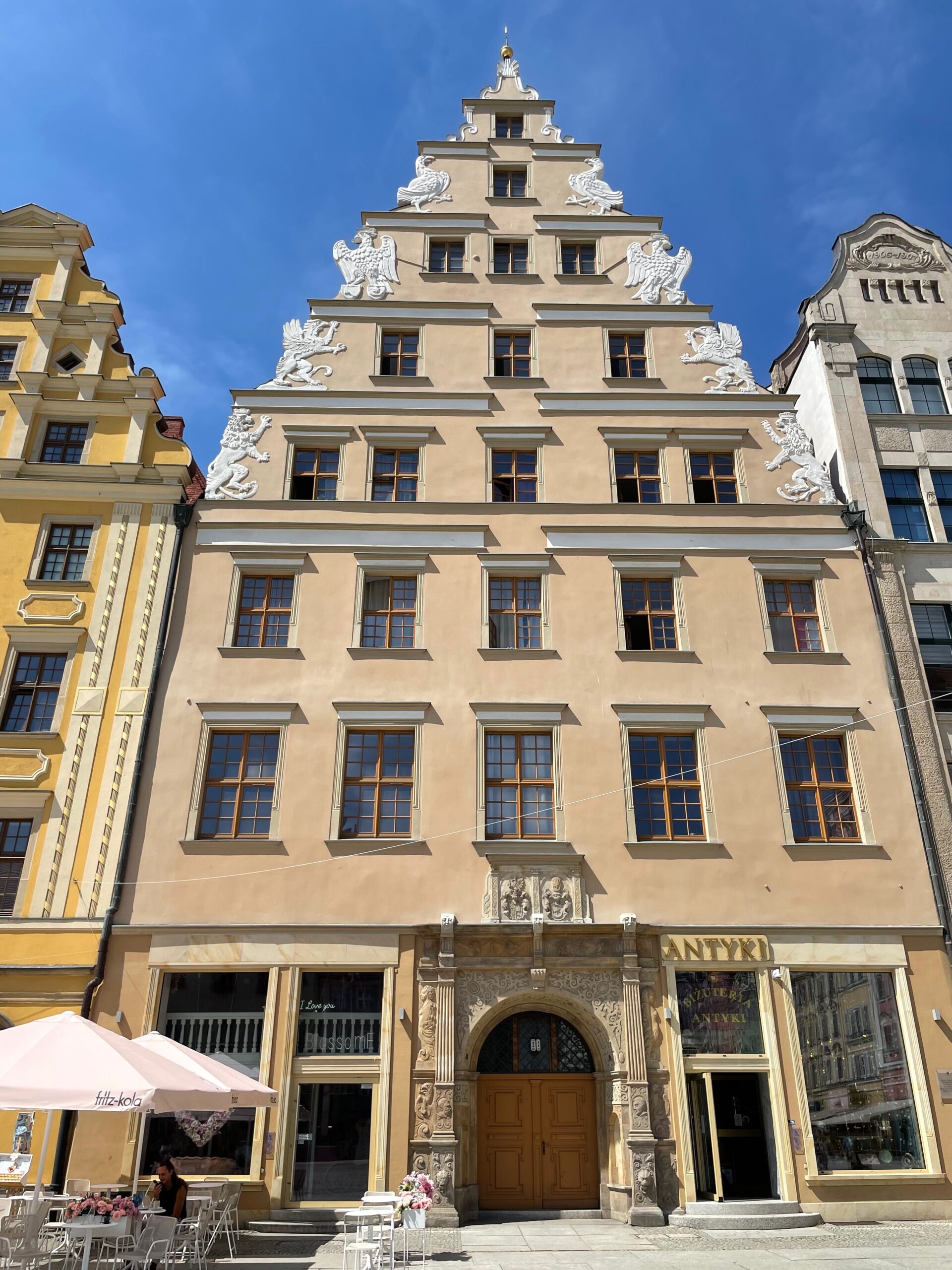 |
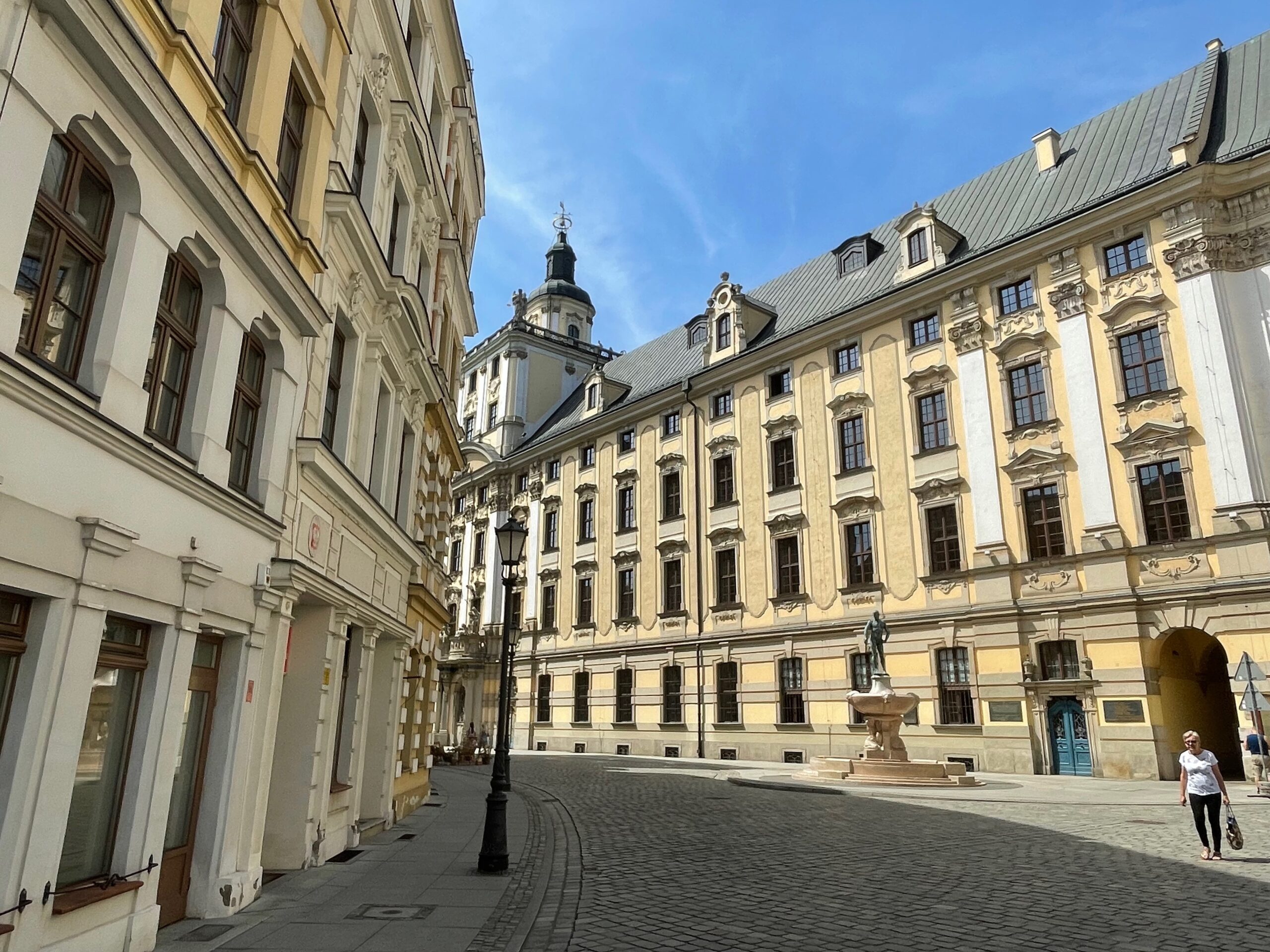 |
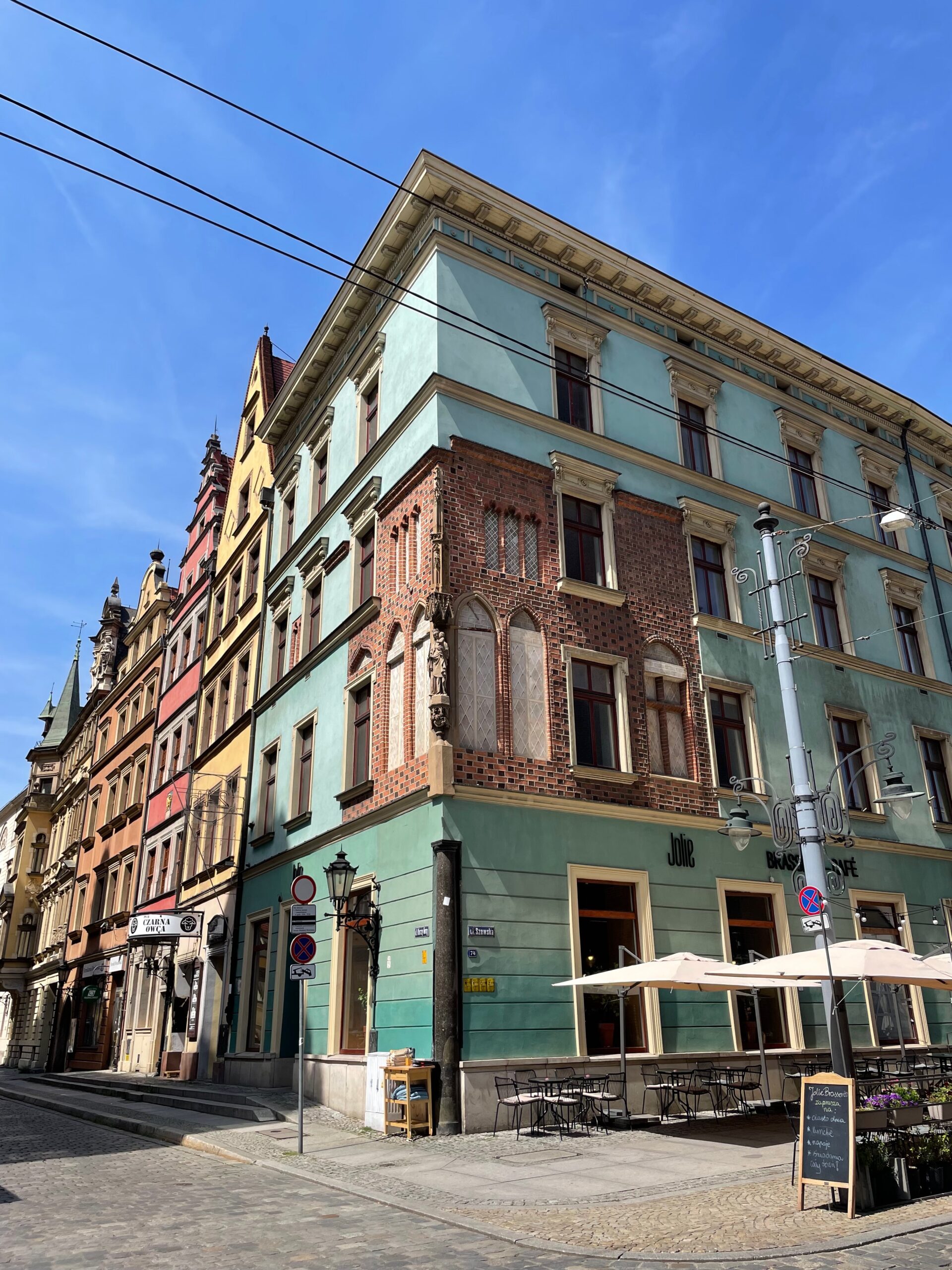 |
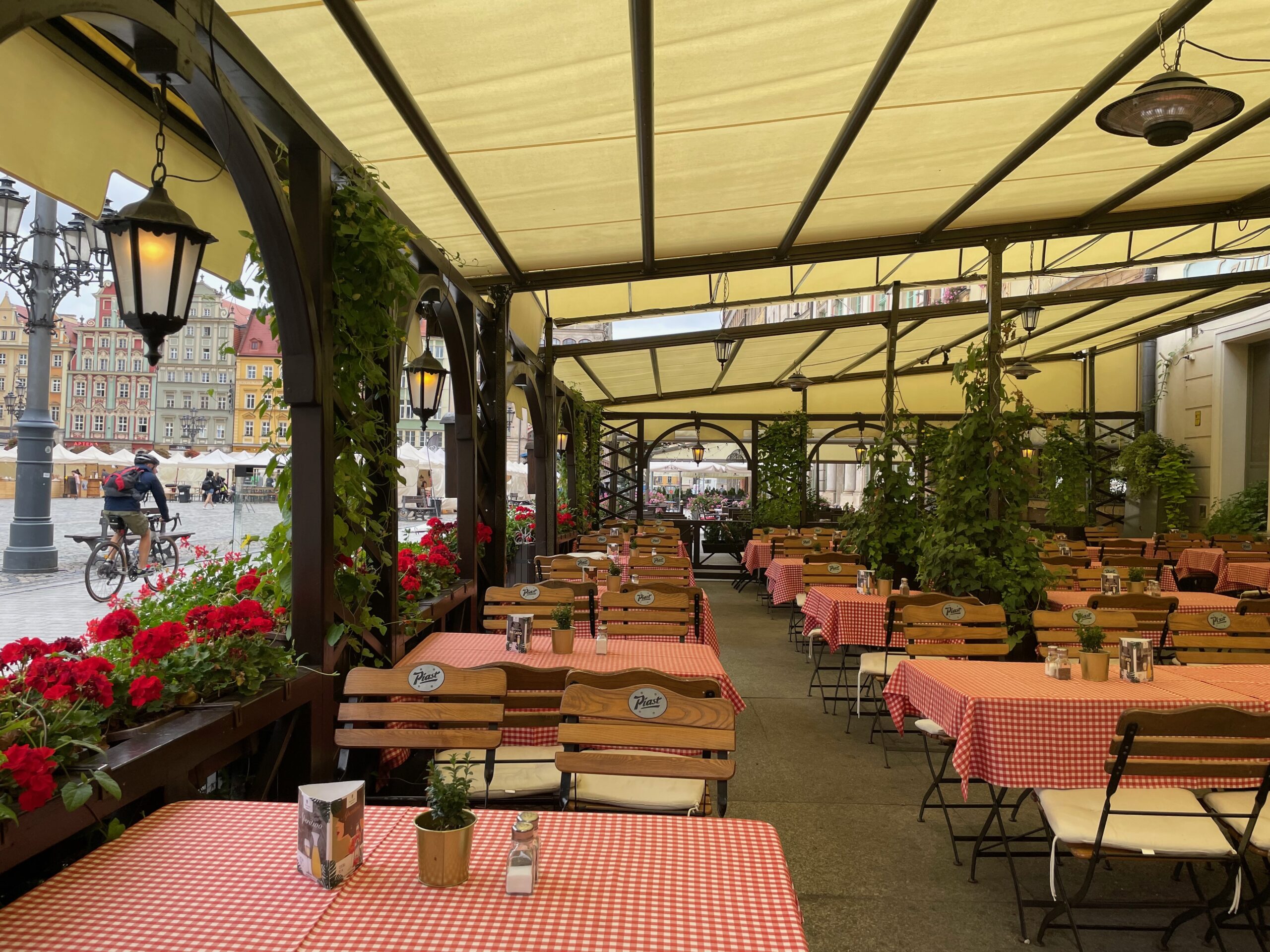 |
Day 3: day trip or Wrocław’s museums, zoo and Aquapark The third day in Wrocław can be spent on a day trip. Below I list you few ideas:
- Visit to a grand Książ Castle with its lavish interiors and mysterious underground tunnels built by Germans during Second World War. The historical complex is located in a fairytale natural surroundings so apart of the castle you can also admire the Lower Silesian landscapes.
- Trip to castle and park complex in Moszna. The complex is the former residence of the German Tiele-Winckler family.
- Visit to a charming village Lubiąż which is famous from its historical monastery with 98 preserved mummies inside.
- Have a trip to nearby mountains. From Wrocław you can easily get to Karpacz and climb Śnieżka mountain (1602 meters above sea level).
- Hike in Skalne Miasto which is a fascinating natural rock formation creating a labyrinth.
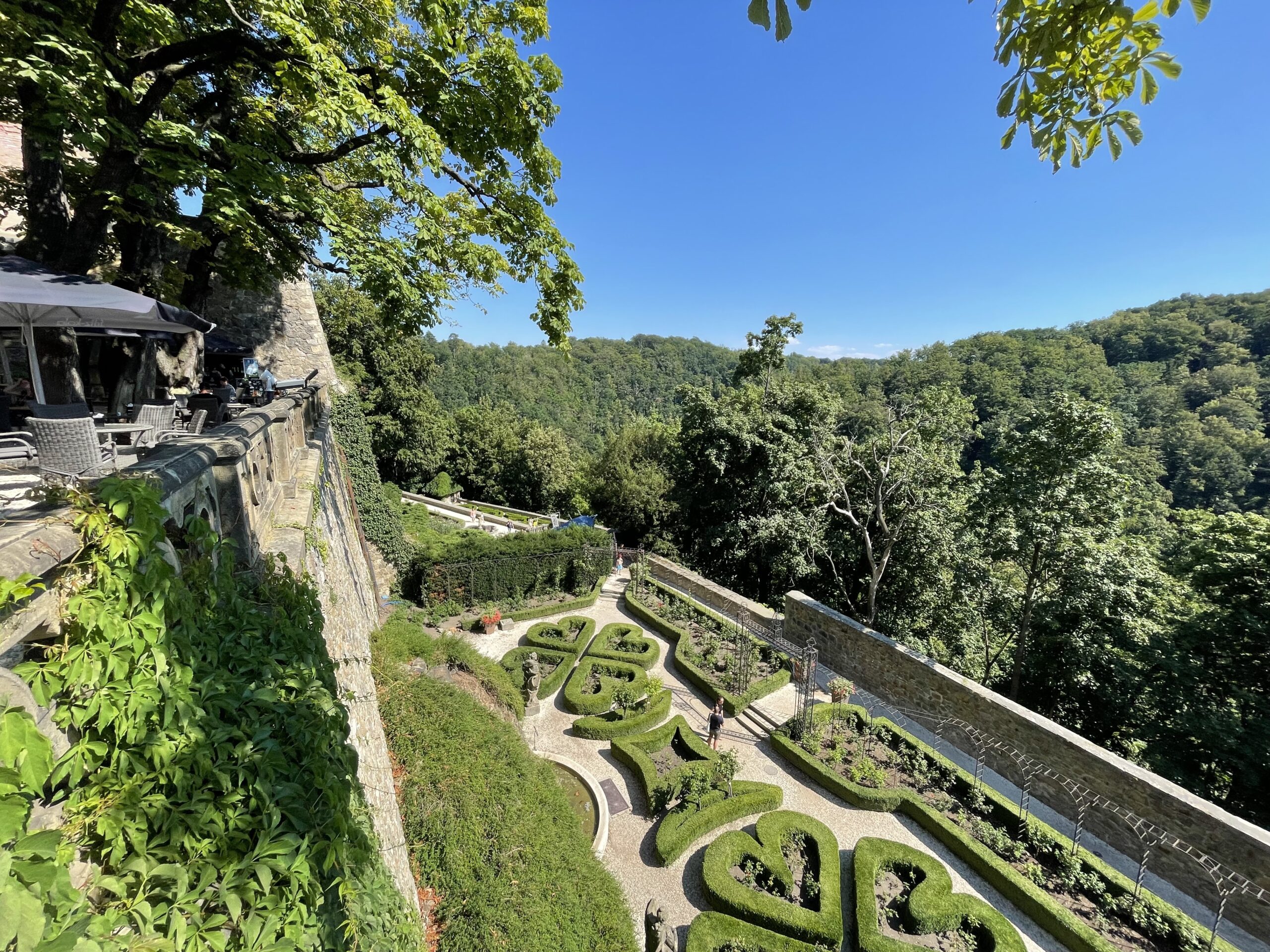 |
If you prefer to stay in Wrocław, you can go to the National Museum to learn more about history of Poland, many tourists opt for a long visit to the oldest Polish zoo (dating back to 1865) and adjacent Africarium. Another interesting sites are Old Jewish Cemetery, The Depot History Centre or on the more sporty side you can spend part of your day in Wrocław’s Aquapark.
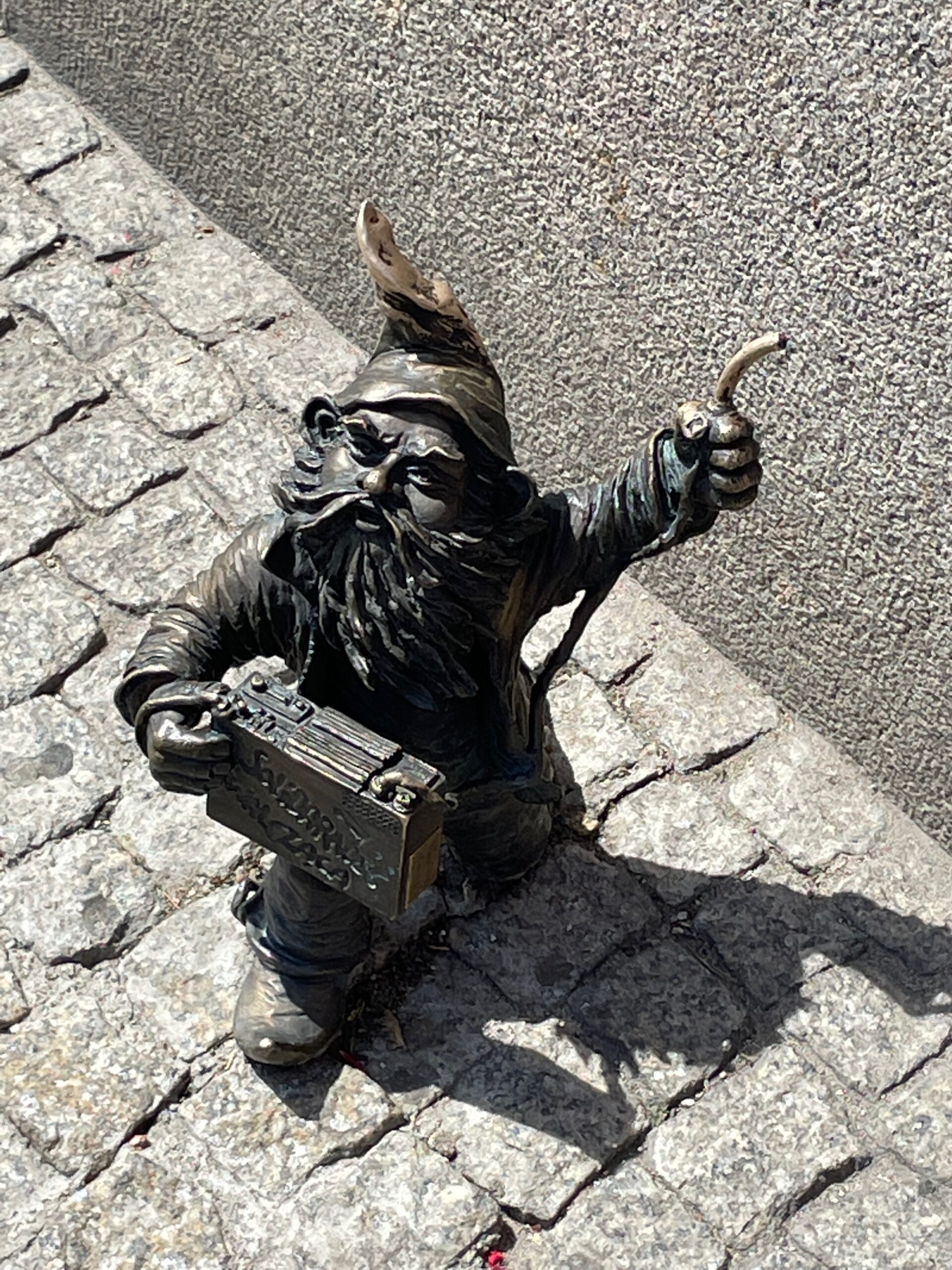 |
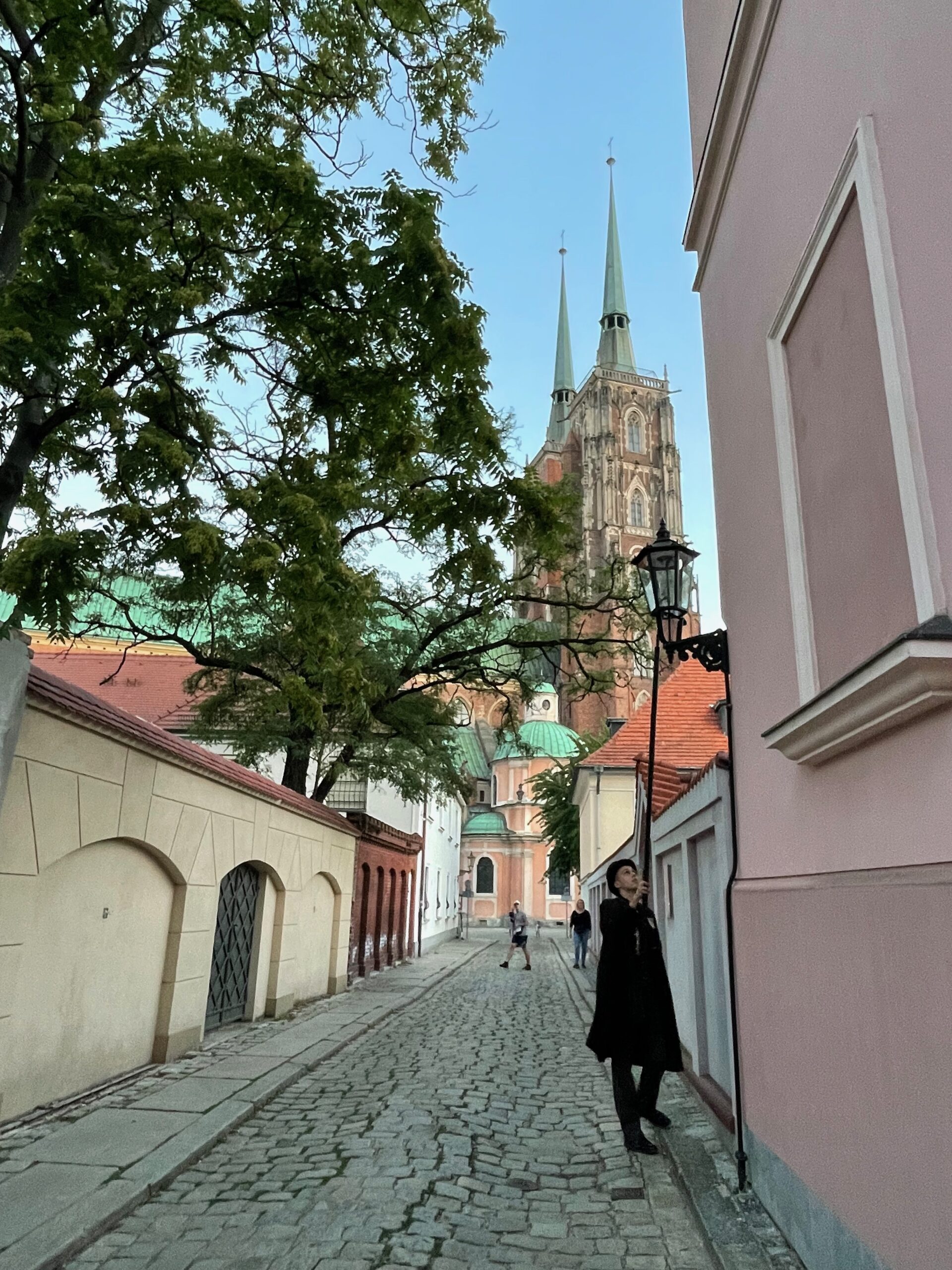

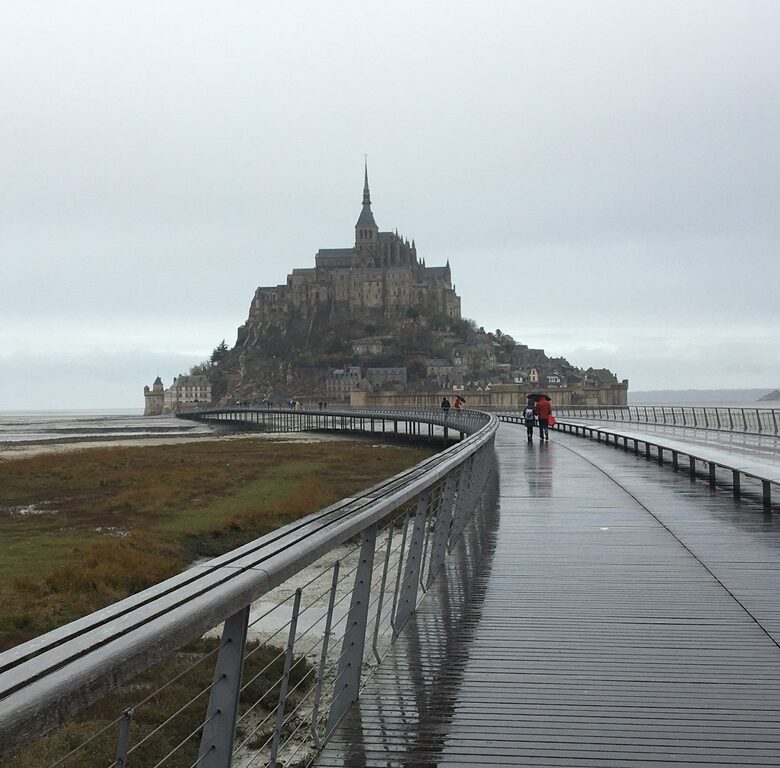
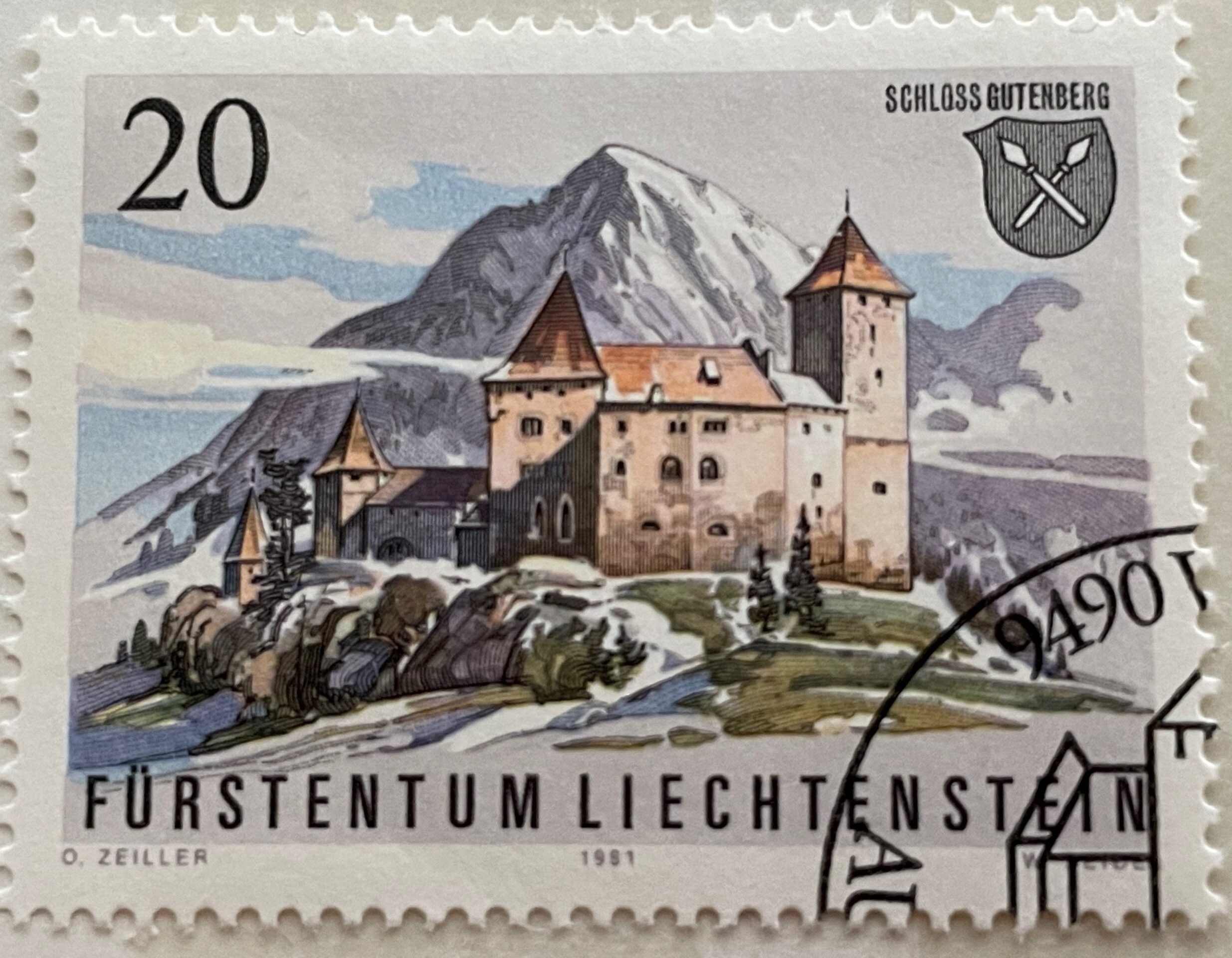
I found you first when searching for Polish souvenirs and decided to check your Polish section.
Wroclaw looks so relaxing! I easily see myself on the bank with local beer after the old town walk. The cuisine looks yummy, I tried many great things in Warsaw but the regional dishes here are mouthwatering 😋
This is very attention-grabbing post, I was wondering where to go in Poland after few days in Krakow and Silesia looks very interesting! Love the island with the lanterns ❤️
Can one pay in euro in Polish shops? I looked at the hotels and I like the prices!
whoah this blog is so nice. I really like the destinations you cover. The city looks very pleasant and the islets hopping looks like fun. I’ve read they develop recently with tech business coming to Wrocław. I’m working in IT and will go there for a week for work but stay for a weekend and use some of your suggestions. Cheers!
Can one buy Boleslawiec pottery in Wroclaw?
Silesian region looks so interestiing, beautiful architecture and castles around, I saw your post about Ksiaz and would love to come for 2 weeks and drive around…Poland is still budget friendly compared to other countries in Europe even if more expensive that what I know from 4 years ago.
Ostrów Tumski looks so charming and cosy, my sister goes there for Erasmus and I’m definitely using your plan for my own visit!